Materials for organic light emitting devices
Parham , et al.
U.S. patent number 10,622,565 [Application Number 15/308,749] was granted by the patent office on 2020-04-14 for materials for organic light emitting devices. This patent grant is currently assigned to Merck Patent GmbH. The grantee listed for this patent is Merck Patent GmbH. Invention is credited to Lars Dobelmann-Mara, Thomas Eberle, Tobias Grossmann, Anja Jatsch, Jonas Valentin Kroeber, Amir Hossain Parham.












View All Diagrams
| United States Patent | 10,622,565 |
| Parham , et al. | April 14, 2020 |
Materials for organic light emitting devices
Abstract
The present invention describes carbazole, dibenzofuran, dibenzothiophene and fluorene derivatives which are substituted by electron-deficient heteroaryl groups, in particular for use as triplet matrix materials in organic electroluminescent devices. The invention furthermore relates to a process for the preparation of the compounds according to the invention and to electronic devices comprising these compounds.
| Inventors: | Parham; Amir Hossain (Frankfurt am Main, DE), Jatsch; Anja (Frankfurt am Main, DE), Eberle; Thomas (Landau, DE), Grossmann; Tobias (Darmstadt, DE), Kroeber; Jonas Valentin (Frankfurt am Main, DE), Dobelmann-Mara; Lars (Darmstadt, DE) | ||||||||||
|---|---|---|---|---|---|---|---|---|---|---|---|
| Applicant: |
|
||||||||||
| Assignee: | Merck Patent GmbH
(DE) |
||||||||||
| Family ID: | 50693421 | ||||||||||
| Appl. No.: | 15/308,749 | ||||||||||
| Filed: | April 1, 2015 | ||||||||||
| PCT Filed: | April 01, 2015 | ||||||||||
| PCT No.: | PCT/EP2015/000705 | ||||||||||
| 371(c)(1),(2),(4) Date: | November 03, 2016 | ||||||||||
| PCT Pub. No.: | WO2015/169412 | ||||||||||
| PCT Pub. Date: | November 12, 2015 |
Prior Publication Data
| Document Identifier | Publication Date | |
|---|---|---|
| US 20170186965 A1 | Jun 29, 2017 | |
Foreign Application Priority Data
| May 5, 2014 [EP] | 14001573 | |||
| Current U.S. Class: | 1/1 |
| Current CPC Class: | H01L 51/0067 (20130101); H01L 51/0056 (20130101); C09K 11/06 (20130101); H01L 51/0058 (20130101); C07D 491/06 (20130101); H01L 51/0072 (20130101); C07D 407/14 (20130101); H01L 51/0074 (20130101); H01L 51/0052 (20130101); C07D 403/04 (20130101); H01L 51/0054 (20130101); C07D 487/04 (20130101); C07D 409/14 (20130101); H01L 51/0071 (20130101); C07D 405/14 (20130101); H01L 51/0073 (20130101); C07D 405/04 (20130101); C07D 409/04 (20130101); C07D 405/10 (20130101); C07D 251/24 (20130101); C09K 11/025 (20130101); C07D 403/14 (20130101); H01L 51/0085 (20130101); C07D 495/04 (20130101); C09K 2211/1007 (20130101); H01L 51/5072 (20130101); H01L 51/5016 (20130101); C09K 2211/1029 (20130101); H01L 51/5096 (20130101); C09K 2211/185 (20130101); H01L 51/5028 (20130101) |
| Current International Class: | H01L 51/50 (20060101); C07D 487/04 (20060101); C07D 409/04 (20060101); C07D 405/14 (20060101); C07D 405/10 (20060101); C07D 405/04 (20060101); C07D 403/04 (20060101); C07D 251/24 (20060101); C07D 407/14 (20060101); C07D 409/14 (20060101); C07D 403/14 (20060101); H01L 51/00 (20060101); C09K 11/06 (20060101); C09K 11/02 (20060101); C07D 491/06 (20060101); C07D 495/04 (20060101) |
| Field of Search: | ;428/690,917 ;313/504,505,506 ;257/40,E51.05,E51.026,E51.032,E51.052 ;548/304.1,304.4,418,440,444 ;564/26,426,432,433,434 |
References Cited [Referenced By]
U.S. Patent Documents
| 9090819 | July 2015 | Sugita et al. |
| 9334260 | May 2016 | Parham et al. |
| 2011/0006670 | January 2011 | Katakura et al. |
| 2013/0062597 | March 2013 | Yoshida et al. |
| 2015/0214489 | July 2015 | Parham et al. |
| 2015/0228908 | August 2015 | Lee |
| 2016/0181548 | June 2016 | Parham |
| 2016/0248023 | August 2016 | Parham et al. |
| 102770427 | Nov 2012 | CN | |||
| 103232843 | Aug 2013 | CN | |||
| 103232843 | Aug 2013 | CN | |||
| 103517906 | Jan 2014 | CN | |||
| 105636959 | Jun 2016 | CN | |||
| 2010135467 | Jun 2010 | JP | |||
| 2012049518 | Mar 2012 | JP | |||
| 2013069905 | Apr 2013 | JP | |||
| 20120104246 | Sep 2012 | KR | |||
| 20130011955 | Jan 2013 | KR | |||
| 20130130236 | Dec 2013 | KR | |||
| 201134823 | Oct 2011 | TW | |||
| WO-2010150593 | Dec 2010 | WO | |||
| WO-2011057706 | May 2011 | WO | |||
| WO-2012130709 | Oct 2012 | WO | |||
| WO-2013035275 | Mar 2013 | WO | |||
| WO-2014015931 | Jan 2014 | WO | |||
| WO-2015014434 | Feb 2015 | WO | |||
| WO-2015051869 | Apr 2015 | WO | |||
Other References
|
International Search Report for PCT/EP2015/000705 dated May 21, 2015. cited by applicant . Japanese Office Action for Japanese Application No. 2016-567008 dated Dec. 5, 2018. cited by applicant. |
Primary Examiner: Clark; Gregory D
Attorney, Agent or Firm: Faegre Drinker Biddle & Reath LLP
Claims
The invention claimed is:
1. A compound of the formula (1) or (2), ##STR00548## where the following applies to the symbols and indices used: A is on each occurrence, identically or differently, CR or N, where a maximum of two groups A per ring stand for N and where A stands for C if a group L is bonded at this position; W is on each occurrence, identically or differently, CR or N, where a maximum of two groups W stand for N, or two adjacent groups W together stand for a group of the following formula (3), where the compound of the formula (1) or formula (2) contains a maximum of one group of the formula (3), ##STR00549## where the dashed bonds indicate the linking of this group and A has the meanings given above; with the proviso that the compound of the formula (2) does not contain a group of the formula (3) if Y.sup.1 stands for CR.sub.2; X is on each occurrence, identically or differently, CR or N, with the proviso that at least one group X stands for N; Ar is on each occurrence, identically or differently, an aromatic or heteroaromatic ring system having 5 to 30 aromatic ring atoms, which is optionally substituted by one or more radicals R; Y.sup.1, is O, S or CR.sub.2; Y.sup.2, Y.sup.3 are on each occurrence, identically or differently, O, NR, S or CR.sub.2, where the radical R which is bonded to N is not equal to H; L is on each occurrence, identically or differently, a single bond or an aromatic or heteroaromatic ring system having 5 to 30 aromatic ring atoms, which is optionally substituted by one or more radicals R; R is selected on each occurrence, identically or differently, from the group consisting of H, D, F, Cl, Br, I, CN, NO.sub.2, N(Ar.sup.1).sub.2, N(R.sup.1).sub.2, C(.dbd.O)Ar.sup.1, C(.dbd.O)R.sup.1, P(.dbd.O)(Ar.sup.1).sub.2, P(Ar.sup.1).sub.2, B(Ar.sup.1).sub.2, Si(Ar.sup.1).sub.3, Si(R.sup.1).sub.3, a straight-chain alkyl, alkoxy or thioalkyl group having 1 to 20 C atoms or a branched or cyclic alkyl, alkoxy or thioalkyl group having 3 to 20 C atoms or an alkenyl group having 2 to 20 C atoms, each of which is optionally substituted by one or more radicals R.sup.1, where one or more non-adjacent CH.sub.2 groups is optionally replaced by R.sup.1C.dbd.CR.sup.1, Si(R.sup.1).sub.2, C.dbd.O, C.dbd.S, C.dbd.NR.sup.1, P(.dbd.O)(R.sup.1), SO, SO.sub.2, NR.sup.1, O, S or CONR.sup.1 and where one or more H atoms is optionally replaced by D, F, Cl, Br, I, CN or NO.sub.2, an aromatic or heteroaromatic ring system having 5 to 40 aromatic ring atoms, which may in each case be substituted by one or more radicals R.sup.1, an aryloxy or heteroaryloxy group having 5 to 40 aromatic ring atoms, which is optionally substituted by one or more radicals R.sup.1, or an aralkyl or heteroaralkyl group having 5 to 40 aromatic ring atoms, which is optionally substituted by one or more radicals R.sup.1; two substituents R which are bonded to the same carbon atom or to adjacent carbon atoms may optionally form a monocyclic or polycyclic, aliphatic, aromatic or heteroaromatic ring system here, which is optionally substituted by one or more radicals R.sup.1; Ar.sup.1 is on each occurrence, identically or differently, an aromatic or hetero-aromatic ring system having 5 to 30 aromatic ring atoms, which is optionally substituted by one or more non-aromatic radicals R.sup.1; two radicals Ar.sup.1 which are bonded to the same N atom, P atom or B atom may also be bridged to one another here by a single bond or a bridge selected from N(R.sup.1), C(R.sup.1).sub.2, O or S; R.sup.1 is selected on each occurrence, identically or differently, from the group consisting of H, D, F, CN, an aliphatic hydrocarbon radical having 1 to 20 C atoms or an aromatic or heteroaromatic ring system having 5 to 30 aromatic ring atoms, in which one or more H atoms is optionally replaced by D, F, Cl, Br, I or CN and which is optionally substituted by one or more alkyl groups, each having 1 to 4 carbon atoms; two or more adjacent substituents R.sup.1 may form a mono- or polycyclic, aliphatic ring system with one another here.
2. The compound according to claim 1, wherein W stands, identically or differently on each occurrence, for CR and in that A stands, identically or differently on each occurrence, for CR, selected from the compounds of the formulae (1a), (1b), (2a) and (2b), ##STR00550## where: two adjacent groups W together stand for a group of the following formula (3a) and the other two groups W stand for CR, ##STR00551## where the dashed bonds indicate the linking of this group; n is on each occurrence, identically or differently, 0, 1, 2, 3 or 4; m is on each occurrence, identically or differently, 0, 1, 2 or 3; o is 0, 1 or 2; the other symbols used have the meanings given in claim 1; where compounds of the formula (2b) in which Y.sup.1 stands for CR.sub.2 are excluded from the invention.
3. The compound according to claim 1, wherein at least two groups X stand for N.
4. The compound according to claim 1, wherein Y.sup.2 is O or NR, where the radical R bonded to the nitrogen is not equal to H, or S.
5. The compound according to claim 1, wherein X is, identically or differently on each occurrence, CR or N, where at least two groups X stand for N; Y.sup.1 is O; Y.sup.2 is O or NR, where the radical R bonded to the nitrogen is not equal to H, or S; Y.sup.3 stands for O or NR, where the radical R bonded to the nitrogen is not equal to H, or CR.sub.2; L stands, identically or differently on each occurrence, for a single bond or an aromatic or heteroaromatic ring system having 5 to 24 aromatic ring atoms; Ar stands, identically or differently on each occurrence, for an aromatic or heteroaromatic ring system having 6 to 24 aromatic ring atoms, which is optionally substituted by one or more radicals R; n in formula (1a) or (2a) is, identically or differently on each occurrence, 0, 1, 2 or 3; m in formula (1a) or (2a) is, identically or differently on each occurrence, 0, 1 or 2; o in formula (1a) or (2a) is 0 or 1; R is selected, identically or differently on each occurrence, from the group consisting of H, D, F, CN, N(Ar.sup.1).sub.2, C(.dbd.O)Ar.sup.1, P(.dbd.O)(Ar.sup.1).sub.2, a straight-chain alkyl or alkoxy group having 1 to 10 C atoms or a branched or cyclic alkyl or alkoxy group having 3 to 10 C atoms or an alkenyl group having 2 to 10 C atoms, each of which is optionally substituted by one or more radicals R.sup.1, where one or more non-adjacent CH.sub.2 groups is optionally replaced by O and where one or more H atoms is optionally replaced by D or F, an aromatic or hetero-aromatic ring system having 5 to 24 aromatic ring atoms, which may in each case be substituted by one or more radicals R.sup.1, or an aralkyl or heteroaralkyl group having 5 to 25 aromatic ring atoms, which is optionally substituted by one or more radicals R.sup.1; two substituents R which are bonded to the same carbon atom or to adjacent carbon atoms may optionally form a monocyclic or polycyclic, aliphatic, aromatic or heteroaromatic ring system here, which is optionally substituted by one or more radicals R.sup.1.
6. The compound according to claim 1, wherein X is N; Y.sup.1 is O; Y.sup.2 is O or NR, where the radical R bonded to the nitrogen is not equal to H; Y.sup.3 stands for NR, where the radical R bonded to the nitrogen is not equal to H, or CR.sub.2; L stands for a single bond; Ar stands, identically or differently on each occurrence, for an aromatic or heteroaromatic ring system having 6 to 18 aromatic ring atoms; n in formula (1a) or (2a) is on each occurrence, identically or differently, 0 or 1; m in formula (1a) or (2a) is 0; o in formula (1a) or (2a) is 0; R is selected, identically or differently on each occurrence, from the group consisting of H, D, F, CN, N(Ar.sup.1).sub.2, a straight-chain alkyl group having 1 to 8 C atoms, a branched or cyclic alkyl group having 3 to 8 C atoms or an alkenyl group having 2 to 8 C atoms, each of which is optionally substituted by one or more radicals R.sup.1, or an aromatic or heteroaromatic ring system having 6 to 24 aromatic ring atoms, which may in each case be substituted by one or more non-aromatic radicals R.sup.1; two substituents R which are bonded to the same carbon atom or to adjacent carbon atoms may optionally form a monocyclic or polycyclic, aliphatic ring system here, which is optionally substituted by one or more radicals R.sup.1.
7. The compound according to claim 1, wherein the compound is selected from the compound of the formulae (6), (7), (8), (9) and (10), ##STR00552## where Y.sup.1 stands for 0 or S, the other symbols used have the meanings given in claim 1 and A and W stand, identically or differently on each occurrence, for CR.
8. The compound according to claim 7, wherein the compound is selected from the compound of the formulae (8a) and (8b), ##STR00553## where Y.sup.1 stands O or S; Y.sup.2 stand, identically or differently on each occurrence, for O, NR or S.
9. The compound according to claim 8, wherein the compound is of the formula (8c), ##STR00554## where the following applies to the symbols and indices used: Y.sup.1 is O; Y.sup.2 is NR, where the radical R bonded to the nitrogen is not equal to H, or S; stands, identically or differently on each occurrence, for an aromatic or heteroaromatic ring system having 6 to 24 aromatic ring atoms, which may in each case be substituted by one or more radicals R; n is, identically or differently on each occurrence, 0, 1, 2 or 3; m is, identically or differently on each occurrence, 0, 1 or 2; o is 0 or 1; R is selected, identically or differently on each occurrence, from the group consisting of H, D, F, CN, N(Ar.sup.1).sub.2, C(.dbd.O)Ar.sup.1, P(.dbd.O)(Ar.sup.1).sub.2, a straight-chain alkyl or alkoxy group having 1 to 10 C atoms or a branched or cyclic alkyl or alkoxy group having 3 to 10 C atoms or an alkenyl group having 2 to 10 C atoms, each of which is optionally substituted by one or more radicals R.sup.1, where one or more non-adjacent CH.sub.2 groups is optionally replaced by 0 and where one or more H atoms is optionally replaced by D or F, an aromatic or hetero-aromatic ring system having 5 to 24 aromatic ring atoms, which may in each case be substituted by one or more radicals R.sup.1, or an aralkyl or heteroaralkyl group having 5 to 25 aromatic ring atoms, which is optionally substituted by one or more radicals R.sup.1; two substituents R which are bonded to the same carbon atom or to adjacent carbon atoms may optionally form a monocyclic or polycyclic, aliphatic, aromatic or heteroaromatic ring system here, which is optionally substituted by one or more radicals R.sup.1.
10. The compound according to claim 9, wherein the compound is of the formula (8d), ##STR00555## where the following applies to the symbols and indices used: n is, identically or differently on each occurrence, 0, 1 or 2; m is, identically or differently on each occurrence, 0 or 1; the radical R bonded to the nitrogen stands for an aromatic or heteroaromatic ring system having 5 to 24 aromatic ring atoms, which may in each case be substituted by one or more radicals R.sup.1; the other symbols and indices used have the meanings given under claim 9.
11. A mixture comprising at least one compound according to claim 1 and at least one further compound and/or at least one solvent.
12. An electronic device comprising the compound according to claim 1.
13. An electronic device comprising the mixture according to claim 11.
14. An organic electroluminescent device comprising the compound according to claim 1.
15. An organic electroluminescent device comprising the compound according to claim 1 is employed in an emitting layer.
16. An organic electroluminescent device comprising the compound according to claim 1 is employed in an emitting layer, in combination with a phosphorescent dopant and optionally one or more further matrix materials, or in a hole-blocking layer or in an electron-transport layer.
Description
CROSS-REFERENCE TO RELATED APPLICATIONS
This application is a national stage application (under 35 U.S.C. .sctn. 371) of PCT/EP2015/000705, filed Apr. 1, 2015, which claims benefit of European Application No. 14001573.6, filed May 5, 2014, both of which are incorporated herein by reference in their entirety.
The present invention describes carbazole, dibenzofuran, dibenzothiophene and fluorene derivatives which are substituted by electron-deficient heteroaromatic groups, in particular for use as triplet matrix materials in organic electroluminescent devices. The invention furthermore relates to a process for the preparation of the compounds according to the invention and to electronic devices comprising these compounds.
The structure of organic electroluminescent devices (OLEDs) in which organic semiconductors are employed as functional materials is described, for example, in U.S. Pat. No. 4,539,507, U.S. Pat. No. 5,151,629, EP 0676461 and WO 98/27136. The emitting materials employed are frequently organometallic complexes which exhibit phosphorescence instead of fluorescence. For quantum-mechanical reasons, an up to four-fold energy and power efficiency is possible using organometallic compounds as phosphorescence emitters. In general, there is still a need for improvement, for example with respect to efficiency, operating voltage and lifetime, in the case of OLEDs, in particular also in the case of OLEDs which exhibit phosphorescence.
The properties of phosphorescent OLEDs are not determined only by the triplet emitters employed. In particular, the other materials used, such as, for example, matrix materials, are also of particular importance here. Improvements in these materials may thus also result in significant improvements in the OLED properties.
In accordance with the prior art, use is made of, inter alia, carbazole derivatives (for example in accordance with WO 2014/015931), indolocarbazole derivatives (for example in accordance with WO 2007/063754 or WO 2008/056746) or indenocarbazole derivatives (for example in accordance with WO 2010/136109 or WO 2011/000455), in particular those which are substituted by electron-deficient heteroaromatic compounds, such as triazine, as matrix materials for phosphorescent emitters. Furthermore, for example, bisdibenzofuran derivatives (for example in accordance with EP 2301926) are used as matrix materials for phosphorescent emitters. WO 2011/057706 discloses carbazole derivatives which are substituted by two triphenyltriazine groups. Further improvements are still desirable here, in particular with respect to the triplet level and to the sublimation stability. WO 2011/046182 discloses carbazole-arylene-triazine derivatives which are substituted on the triazine by a fluorenyl group. The characteristic feature of these compounds is the presence of the fluorenyl group. Compounds which do not contain a fluorenyl group as substituent are not disclosed. WO 2013/077352 discloses triazine derivates in which the triazine group is bonded to a dibenzofuran group via a divalent arylene group. These compounds are described as hole-blocking materials. A use of these materials as host for phosphorescent emitters is not described.
In general, there is still a need for improvement in these materials for use as matrix materials, in particular with respect to the lifetime, but also with respect to the efficiency and the operating voltage of the device.
The object of the present invention is the provision of compounds which are suitable for use in a phosphorescent or fluorescent OLED, in particular as matrix material. In particular, it is the object of the present invention to provide matrix materials which are suitable for red-, yellow- and green-phosphorescent OLEDs and optionally also for blue-phosphorescent OLEDs and which result in a long lifetime, good efficiency and a low operating voltage. The properties of the matrix materials in particular also have an essential influence on the lifetime and efficiency of the organic electroluminescent device.
Surprisingly, it has been found that electroluminescent devices which comprise compounds of the following formula (1) or formula (2) have improvements over the prior art, in particular on use as matrix material for phosphorescent dopants.
The present invention therefore relates to a compound of the following formula (1) or (2),
##STR00001## where the following applies to the symbols and indices used: A is on each occurrence, identically or differently, CR or N, where a maximum of two groups A per ring, preferably a maximum of one group A per ring, stand for N and where A stands for C if a group L is bonded at this position; W is on each occurrence, identically or differently, CR or N, where a maximum of two groups W stand for N, or two adjacent groups W together stand for a group of the following formula (3), where the compound of the formula (1) or formula (2) contains a maximum of one group of the formula (3),
##STR00002## where the dashed bonds indicate the linking of this group and A has the meanings given above; with the proviso that the compound of the formula (2) does not contain a group of the formula (3) if Y.sup.1 stands for C(R).sub.2; X is on each occurrence, identically or differently, CR or N, with the proviso that at least one group X stands for N; Ar is on each occurrence, identically or differently, an aromatic or heteroaromatic ring system having 5 to 30 aromatic ring atoms, which may be substituted by one or more radicals R; Y.sup.1, Y.sup.2, Y.sup.3 are on each occurrence, identically or differently, O, NR, S or C(R).sub.2, where the radical R which is bonded to N is not equal to H; L is on each occurrence, identically or differently, a single bond or an aromatic or heteroaromatic ring system having 5 to 30 aromatic ring atoms, which may be substituted by one or more radicals R; R is selected on each occurrence, identically or differently, from the group consisting of H, D, F, Cl, Br, I, CN, NO.sub.2, N(Ar.sup.1).sub.2, N(R.sup.1).sub.2, C(.dbd.O)Ar.sup.1, C(.dbd.O)R.sup.1, P(.dbd.O)(Ar.sup.1).sub.2, P(Ar).sub.2, B(Ar.sup.1).sub.2, Si(Ar).sub.3, Si(R.sup.1).sub.3, a straight-chain alkyl, alkoxy or thioalkyl group having 1 to 20 C atoms or a branched or cyclic alkyl, alkoxy or thioalkyl group having 3 to 20 C atoms or an alkenyl group having 2 to 20 C atoms, each of which may be substituted by one or more radicals R.sup.1, where one or more non-adjacent CH.sub.2 groups may be replaced by R.sup.1C.dbd.CR.sup.1, Si(R.sup.1).sub.2, C.dbd.O, C.dbd.S, C.dbd.NR.sup.1, P(.dbd.O)(R.sup.1), SO, SO.sub.2, NR.sup.1, O, S or CONR.sup.1 and where one or more H atoms may be replaced by D, F, Cl, Br, I, CN or NO.sub.2, an aromatic or heteroaromatic ring system having 5 to 40 aromatic ring atoms, which may in each case be substituted by one or more radicals R.sup.1, an aryloxy or heteroaryloxy group having 5 to 40 aromatic ring atoms, which may be substituted by one or more radicals R.sup.1, or an aralkyl or heteroaralkyl group having 5 to 40 aromatic ring atoms, which may be substituted by one or more radicals R.sup.1; two substituents R which are bonded to the same carbon atom or to adjacent carbon atoms may optionally form a monocyclic or polycyclic, aliphatic, aromatic or heteroaromatic ring system here, which may be substituted by one or more radicals R.sup.1; Ar.sup.1 is on each occurrence, identically or differently, an aromatic or heteroaromatic ring system having 5 to 30 aromatic ring atoms, which may be substituted by one or more non-aromatic radicals R.sup.1; two radicals Ar.sup.1 which are bonded to the same N atom, P atom or B atom may also be bridged to one another here by a single bond or a bridge selected from N(R.sup.1), C(R.sup.1).sub.2, O or S; R.sup.1 is selected on each occurrence, identically or differently, from the group consisting of H, D, F, CN, an aliphatic hydrocarbon radical having 1 to 20 C atoms or an aromatic or heteroaromatic ring system having 5 to 30 aromatic ring atoms, in which one or more H atoms may be replaced by D, F, Cl, Br, I or CN and which may be substituted by one or more alkyl groups, each having 1 to 4 carbon atoms; two or more adjacent substituents R.sup.1 may form a mono- or polycyclic, aliphatic ring system with one another here.
Adjacent carbon atoms in the sense of the present invention are carbon atoms which are linked directly to one another.
The formulation that two or more radicals may form a ring with one another is, for the purposes of the present description, intended to be taken to mean, inter alia, that the two radicals are linked to one another by a chemical bond with formal cleaving-off of two hydrogen atoms. This is illustrated by the following scheme:
##STR00003##
Furthermore, however, the above-mentioned formulation is also intended to be taken to mean that, in the case where one of the two radicals represents hydrogen, the second radical is bonded at the position at which the hydrogen atom was bonded, with formation of a ring. This is intended to be illustrated by the following scheme:
##STR00004##
A condensed aryl group in the sense of the present invention is a group in which two or more aromatic groups are condensed, i.e. annellated, onto one another via a common edge, such as, for example, in naphthalene. By contrast, for example, fluorene is not a condensed aryl group in the sense of the present invention, since the two aromatic groups in fluorene do not have a common edge.
An aryl group in the sense of this invention contains 6 to 40 C atoms; a heteroaryl group in the sense of this invention contains 2 to 40 C atoms and at least one heteroatom, with the proviso that the sum of C atoms and heteroatoms is at least 5. The heteroatoms are preferably selected from N, O and/or S. An aryl group or heteroaryl group here is taken to mean either a simple aromatic ring, i.e. benzene, or a simple heteroaromatic ring, for example pyridine, pyrimidine, thiophene, etc., or a condensed aryl or heteroaryl group, for example naphthalene, anthracene, phenanthrene, quinoline, isoquinoline, etc.
An aromatic ring system in the sense of this invention contains 6 to 40 C atoms in the ring system. A heteroaromatic ring system in the sense of this invention contains 1 to 40 C atoms and at least one heteroatom in the ring system, with the proviso that the sum of C atoms and heteroatoms is at least 5. The heteroatoms are preferably selected from N, O and/or S. An aromatic or heteroaromatic ring system in the sense of this invention is intended to be taken to mean a system which does not necessarily contain only aryl or heteroaryl groups, but instead in which, in addition, a plurality of aryl or heteroaryl groups may be interrupted by a non-aromatic unit (preferably less than 10% of the atoms other than H), such as, for example, a C, N or O atom or a carbonyl group. Thus, for example, systems such as 9,9'-spirobifluorene, 9,9-diarylfluorene, triarylamine, diaryl ether, stilbene, etc., are also intended to be taken to be aromatic ring systems in the sense of this invention, as are systems in which two or more aryl groups are interrupted, for example, by a linear or cyclic alkyl group or by a silyl group. Furthermore, systems in which two or more aryl or heteroaryl groups are bonded directly to one another, such as, for example, biphenyl, terphenyl, quaterphenyl or bipyridine, are likewise intended to be taken to be an aromatic or heteroaromatic ring system.
A cyclic alkyl, alkoxy or thioalkoxy group in the sense of this invention is taken to mean a monocyclic, bicyclic or polycyclic group.
For the purposes of the present invention, a C.sub.1- to C.sub.20-alkyl group, in which, in addition, individual H atoms or CH.sub.2 groups may be substituted by the above-mentioned groups, is taken to mean, for example, the radicals methyl, ethyl, n-propyl, i-propyl, cyclopropyl, n-butyl, i-butyl, s-butyl, t-butyl, cyclobutyl, 2-methylbutyl, n-pentyl, s-pentyl, t-pentyl, 2-pentyl, neopentyl, cyclopentyl, n-hexyl, s-hexyl, t-hexyl, 2-hexyl, 3-hexyl, neohexyl, cyclohexyl, 1-methylcyclopentyl, 2-methylpentyl, n-heptyl, 2-heptyl, 3-heptyl, 4-heptyl, cycloheptyl, 1-methylcyclohexyl, n-octyl, 2-ethylhexyl, cyclooctyl, 1-bicyclo[2.2.2]octyl, 2-bicyclo[2.2.2]octyl, 2-(2,6-dimethyl)octyl, 3-(3,7-dimethyl)octyl, adamantyl, trifluoromethyl, pentafluoroethyl, 2,2,2-trifluoroethyl, 1,1-dimethyl-n-hex-1-yl, 1,1-dimethyl-n-hept-1-yl, 1,1-dimethyl-n-oct-1-yl, 1,1-dimethyl-n-dec-1-yl, 1,1-dimethyl-n-dodec-1-yl, 1,1-dimethyl-n-tetradec-1-yl, 1,1-dimethyl-n-hexadec-1-yl, 1,1-dimethyl-n-octadec-1-yl, 1,1-diethyl-n-hex-1-yl, 1,1-diethyl-n-hept-1-yl, 1,1-diethyl-n-oct-1-yl, 1,1-diethyl-n-dec-1-yl, 1,1-diethyl-n-dodec-1-yl, 1,1-diethyl-n-tetradec-1-yl, 1,1-diethyl-n-hexadec-1-yl, 1,1-diethyl-n-octadec-1-yl, 1-(n-propyl)cyclohex-1-yl, 1-(n-butyl)cyclohex-1-yl, 1-(n-hexyl)cyclohex-1-yl, 1-(n-octyl)cyclohex-1-yl and 1-(n-decyl)cyclohex-1-yl. An alkenyl group is taken to mean, for example, ethenyl, propenyl, butenyl, pentenyl, cyclopentenyl, hexenyl, cyclohexenyl, heptenyl, cycloheptenyl, octenyl, cyclooctenyl or cyclooctadienyl. An alkynyl group is taken to mean, for example, ethynyl, propynyl, butynyl, pentynyl, hexynyl, heptynyl or octynyl. A C.sub.1- to C.sub.40-alkoxy group is taken to mean, for example, methoxy, trifluoromethoxy, ethoxy, n-propoxy, i-propoxy, n-butoxy, i-butoxy, s-butoxy, t-butoxy or 2-methylbutoxy.
An aromatic or heteroaromatic ring system having 5-40 aromatic ring atoms, which may also in each case be substituted by the radicals mentioned above and which may be linked to the aromatic or heteroaromatic ring system via any desired positions, is taken to mean, for example, groups derived from benzene, naphthalene, anthracene, benzanthracene, phenanthrene, benzophenanthrene, pyrene, chrysene, perylene, fluoranthene, benzofluoranthene, naphthacene, pentacene, benzopyrene, biphenyl, biphenylene, terphenyl, terphenylene, fluorene, spirobifluorene, dihydrophenanthrene, dihydropyrene, tetrahydropyrene, cis- or transindenofluorene, trans-monobenzoindenofluorene, cis- or trans-dibenzoindenofluorene, truxene, isotruxene, spirotruxene, spiroisotruxene, furan, benzofuran, isobenzofuran, dibenzofuran, thiophene, benzothiophene, isobenzothiophene, dibenzothiophene, pyrrole, indole, isoindole, carbazole, indolocarbazole, indenocarbazole, pyridine, quinoline, isoquinoline, acridine, phenanthridine, benzo-5,6-quinoline, benzo-6,7-quinoline, benzo-7,8-quinoline, phenothiazine, phenoxazine, pyrazole, indazole, imidazole, benzimidazole, naphthimidazole, phenanthrimidazole, pyridimidazole, pyrazinimidazole, quinoxalinimidazole, oxazole, benzoxazole, naphthoxazole, anthroxazole, phenanthroxazole, isoxazole, 1,2-thiazole, 1,3-thiazole, benzothiazole, pyridazine, benzopyridazine, pyrimidine, benzopyrimidine, quinoxaline, 1,5-diazaanthracene, 2,7-diazapyrene, 2,3-diazapyrene, 1,6-diazapyrene, 1,8-diazapyrene, 4,5-diazapyrene, 4,5,9,10-tetraazaperylene, pyrazine, phenazine, phenoxazine, phenothiazine, fluorubin, naphthyridine, azacarbazole, benzocarboline, phenanthroline, 1,2,3-triazole, 1,2,4-triazole, benzotriazole, 1,2,3-oxadiazole, 1,2,4-oxadiazole, 1,2,5-oxadiazole, 1,3,4-oxadiazole, 1,2,3-thiadiazole, 1,2,4-thiadiazole, 1,2,5-thiadiazole, 1,3,4-thiadiazole, 1,3,5-triazine, 1,2,4-triazine, 1,2,3-triazine, tetrazole, 1,2,4,5-tetrazine, 1,2,3,4-tetrazine, 1,2,3,5-tetrazine, purine, pteridine, indolizine and benzothiadiazole.
In a preferred embodiment of the invention, W stands, identically or differently on each occurrence, for CR or two W stand for a group of the formula (3a) and the remaining W stand for CR, and A stands, identically or differently on each occurrence, for CR. Preference is thus given to the compounds of the following formulae (1a), (1b), (2a) and (2b),
##STR00005## two adjacent groups W together stand for a group of the following formula (3a) and the other two groups W stand for CR and preferably for CH,
##STR00006##
where the dashed bonds indicate the linking of this group;
n is on each occurrence, identically or differently, 0, 1, 2, 3 or 4;
m is on each occurrence, identically or differently, 0, 1, 2 or 3;
o is 0, 1 or 2;
the other symbols used have the meanings given above;
where compounds of the formula (2b) in which Y.sup.1 stands for CR.sub.2 are excluded from the invention.
In a preferred embodiment of the invention, at least two groups X stand for N, and the group X optionally remaining stands for CR, in particular for CH. In a particularly preferred embodiment of the invention, all groups X stand for N. It is thus particularly preferably a diaryltriazine group.
In a preferred embodiment of the invention, the following group,
##STR00007## which is bonded in formulae (1) and (2) or the preferred embodiments is therefore selected from the following groups (HetAr-1), (HetAr-2) or (HetAr-3),
##STR00008## where L and Ar have the meanings given above and the dashed bond indicates the linking of this group.
In a further preferred embodiment of the invention, Y.sup.1 and Y.sup.2 stand, identically or differently on each occurrence, for O, NR, where the radical R bonded to the nitrogen is not equal to H, or S. It is preferred here for at least one of the groups Y.sup.1 and/or Y.sup.2 to stand for NR and for Y.sup.1 in formula (2) to stand for O or S. In a particularly preferred embodiment of the invention, Y.sup.1 and Y.sup.2 stand, identically or differently, for O or NR, where the radical R bonded to the nitrogen is not equal to H, where Y.sup.1 and Y.sup.2 are preferably different. Very particularly preferably, Y.sup.1 stands for O and Y.sup.2 stands for NR, where the radical R bonded to the nitrogen is not equal to H.
In a further preferred embodiment of the invention, Y.sup.3, if the compound contains a group of the formula (3), stands for 0, NR, where the radical R bonded to the nitrogen is not equal to H, or C(R).sub.2, particularly preferably for NR, where the radical R bonded to the nitrogen is not equal to H, or C(R).sub.2 and very particularly preferably for C(R).sub.2.
If the compound according to the invention contains a group of the formula (3), this can be bonded in various positions. This is depicted diagrammatically below by the formulae (A) to (F) with reference to preferred embodiments in which the groups A and the other groups W stand for CR:
##STR00009## where the symbols and indices used have the meanings given above and the dashed bond represents the linking in the compound according to the invention.
In a further preferred embodiment of the invention, L stands, identically or differently on each occurrence, for a single bond or an aromatic or heteroaromatic ring system having 5 to 24 aromatic ring atoms, which may be substituted by one or more radicals R. L particularly preferably stands, identically or differently on each occurrence, for a single bond or an aromatic ring system having 6 to 12 aromatic ring atoms or a heteroaromatic ring system having 6 to 13 aromatic ring atoms, which may in each case be substituted by one or more radicals R, but is preferably unsubstituted. L very particularly preferably stands for a single bond. Examples of suitable aromatic or heteroaromatic ring systems L are selected from the group consisting of ortho-, meta- or para-phenylene, biphenyl, fluorene, pyridine, pyrimidine, triazine, dibenzofuran, dibenzothiophene and carbazole, each of which may be substituted by one or more radicals R, but is preferably unsubstituted.
In a further preferred embodiment of the invention, Ar stands, identically or differently on each occurrence, for an aromatic or heteroaromatic ring system having 6 to 24 aromatic ring atoms, preferably having 6 to 18 aromatic ring atoms, particularly preferably for an aromatic ring system having 6 to 12 aromatic ring atoms or a heteroaromatic ring system having 6 to 13 aromatic ring atoms, which may in each case be substituted by one or more radicals R, but is preferably unsubstituted. Examples of suitable groups Ar are selected from the group consisting of phenyl, ortho-, meta- or para-biphenyl, terphenyl, in particular branched terphenyl, quaterphenyl, in particular branched quaterphenyl, 1-, 2-, 3- or 4-fluorenyl, 1-, 2-, 3- or 4-spirobifluorenyl, pyridyl, pyrimidinyl, 1-, 2-, 3- or 4-dibenzofuranyl, 1-, 2-, 3- or 4-dibenzothienyl and 1-, 2-, 3- or 4-carbazolyl, each of which may be substituted by one or more radicals R, but is preferably unsubstituted.
Examples of suitable groups Ar are the structures Ar-1 to Ar-19 shown below,
##STR00010## ##STR00011## ##STR00012## ##STR00013## where Y.sup.3 and R have the meanings given above and the dashed bond represents the bond to the six-membered heteroaryl ring group in formula (1) or formula (2).
In a further preferred embodiment of the invention, the index n in compounds of the formula (1a) or (2a) is 0, 1, 2 or 3, particularly preferably 0, 1 or 2 and very particularly preferably 0 or 1.
In still a further preferred embodiment of the invention, the index m in compounds of the formula (1a) or (2a) is 0, 1 or 2, particularly preferably 0 or 1 and very particularly preferably 0.
In still a further preferred embodiment of the invention, the index o in compounds of the formula (1a) or (2a) is 0 or 1, particularly preferably 0.
Preferred substituents R are described below. The preferred substituents here depend on whether they are bonded to A or W or to Ar or to Y.sup.1, Y.sup.2 or Y.sup.3 and also depend on how Y.sup.1, Y.sup.2 and Y.sup.3 are selected.
If A stands for CR or if W stands for CR or if the groups Ar are substituted by substituents R, these substituents R are then preferably selected from the group consisting of H, D, F, CN, N(Ar.sup.1).sub.2, C(.dbd.O)Ar.sup.1, P(.dbd.O)(Ar).sub.2, a straight-chain alkyl or alkoxy group having 1 to 10 C atoms or a branched or cyclic alkyl or alkoxy group having 3 to 10 C atoms or an alkenyl group having 2 to 10 C atoms, each of which may be substituted by one or more radicals R.sup.1, where one or more non-adjacent CH.sub.2 groups may be replaced by O and where one or more H atoms may be replaced by D or F, an aromatic or heteroaromatic ring system having 5 to 24 aromatic ring atoms, which may in each case be substituted by one or more radicals R.sup.1, but is preferably unsubstituted, or an aralkyl or heteroaralkyl group having 5 to 25 aromatic ring atoms, which may be substituted by one or more radicals R.sup.1; two substituents R which are bonded to the same carbon atom or to adjacent carbon atoms may optionally form a monocyclic or polycyclic, aliphatic, aromatic or heteroaromatic ring system here, which may be substituted by one or more radicals R.sup.1.
These substituents R are particularly preferably selected from the group consisting of H, D, F, CN, N(Ar.sup.1).sub.2, a straight-chain alkyl group having 1 to 8 C atoms, preferably having 1, 2, 3 or 4 C atoms, or a branched or cyclic alkyl group having 3 to 8 C atoms, preferably having 3 or 4 C atoms, or an alkenyl group having 2 to 8 C atoms, preferably having 2, 3 or 4 C atoms, each of which may be substituted by one or more radicals R.sup.1, but is preferably unsubstituted, or an aromatic or heteroaromatic ring system having 6 to 24 aromatic ring atoms, preferably having 6 to 18 aromatic ring atoms, particularly preferably having 6 to 13 aromatic ring atoms, which may in each case be substituted by one or more non-aromatic radicals R.sup.1, but is preferably unsubstituted; two substituents R which are bonded to the same carbon atom or to adjacent carbon atoms may optionally form a monocyclic or polycyclic, aliphatic ring system here, which may be substituted by one or more radicals R.sup.1, but is preferably unsubstituted.
The substituents R are very particularly preferably selected from the group consisting of H or an aromatic or heteroaromatic ring system having 6 to 18 aromatic ring atoms, preferably having 6 to 13 aromatic ring atoms, which may in each case be substituted by one or more non-aromatic radicals R.sup.1, but is preferably unsubstituted. Examples of suitable substituents R are selected from the group consisting of phenyl, ortho-, meta- or para-biphenyl, terphenyl, in particular branched terphenyl, quaterphenyl, in particular branched quaterphenyl, 1-, 2-, 3- or 4-fluorenyl, 1-, 2-, 3- or 4-spirobifluorenyl, pyridyl, pyrimidinyl, 1-, 2-, 3- or 4-dibenzofuranyl, 1-, 2-, 3- or 4-dibenzothienyl and 1-, 2-, 3- or 4-carbazolyl, each of which may be substituted by one or more radicals R.sup.1, but is preferably unsubstituted. Suitable structures R here are the same structures as depicted above for Ar-1 to Ar-19, where these structures are substituted by R.sup.1 instead of R. For substituents R on the groups Ar, apart from the groups mentioned above, straight-chain alkyl groups having 1 to 4 C atoms or branched or cyclic alkyl groups having 3 to 6 C atoms are also particularly preferred.
If Y.sup.1 or Y.sup.2 or Y.sup.3 stands for NR, the radical R which is bonded to this nitrogen atom preferably stands on each occurrence, identically or differently, for an aromatic or heteroaromatic ring system having 5 to 24 aromatic ring atoms, which may in each case be substituted by one or more radicals R.sup.1, particularly preferably for an aromatic or heteroaromatic ring system having 6 to 18 aromatic ring atoms, which may be substituted by one or more radicals R.sup.1. Examples of suitable substituents R are selected from the group consisting of phenyl, ortho-, meta- or para-biphenyl, terphenyl, in particular branched terphenyl, quaterphenyl, in particular branched quaterphenyl, 1-, 2-, 3- or 4-fluorenyl, 1-, 2-, 3- or 4-spirobifluorenyl, pyridyl, pyrimidinyl, 1,3,5-triazinyl, 4,6-diphenyl-1,3,5-triazinyl, 1-, 2-, 3- or 4-dibenzofuranyl, 1-, 2-, 3- or 4-dibenzothienyl and 1-, 2-, 3- or 4-carbazolyl, where the carbazolyl group is substituted on the nitrogen atom by a radical R.sup.1 which is not equal to H or D. These groups may each be substituted by one or more radicals R.sup.1 here, but are preferably unsubstituted. Suitable structures R here are the same structures as depicted above for Ar-1 to Ar-19, where these structures are substituted by R.sup.1 instead of R.
If Y.sup.1 or Y.sup.2 or Y.sup.3 stands for C(R).sub.2, the radicals R which are bonded to this carbon atom preferably stand on each occurrence, identically or differently, for a straight-chain alkyl group having 1 to 10 C atoms or a branched or cyclic alkyl group having 3 to 10 C atoms or an alkenyl group having 2 to 10 C atoms, each of which may be substituted by one or more radicals R.sup.1, where one or more non-adjacent CH.sub.2 groups may be replaced by O and where one or more H atoms may be replaced by D or F, or for an aromatic or heteroaromatic ring system having 5 to 24 aromatic ring atoms, which may in each case be substituted by one or more radicals R.sup.1; the two substituents R may optionally form a monocyclic or polycyclic, aliphatic, aromatic or heteroaromatic ring system here, which may be substituted by one or more radicals R.sup.1. Ring formation of the two substituents R forms a spiro system, for example a spirobifluorene or a derivative of a spirobifluorene, if the groups R stand for phenyl groups.
In a further preferred embodiment of the invention, R.sup.1 is selected on each occurrence, identically or differently, from the group consisting of H, D, F, CN, an aliphatic hydrocarbon radical having 1 to 10 C atoms, preferably having 1, 2, 3 or 4 C atoms, or an aromatic or heteroaromatic ring system having 5 to 30 aromatic ring atoms, preferably having 5 to 24 aromatic ring atoms, particularly preferably having 5 to 13 aromatic ring atoms, which may be substituted by one or more alkyl groups, each having 1 to 4 carbon atoms, but is preferably unsubstituted.
If the compound according to the invention is substituted by aromatic or heteroaromatic groups R or R.sup.1 or Ar or Ar.sup.1, these preferably contain no aryl or heteroaryl groups having more than two aromatic six-membered rings condensed directly onto one another. The substituents particularly preferably contain absolutely no aryl or heteroaryl groups having six-membered rings condensed directly onto one another. This preference is due to the low triplet energy of such structures. Condensed aryl groups having more than two aromatic six-membered rings condensed directly onto one another which are nevertheless also suitable in accordance with the invention are phenanthrene and triphenylene, since these also have a high triplet level.
The preferences indicated above may occur individually or together. The preferences indicated above preferably occur together.
Preference is thus given to compounds of the above-mentioned formulae (1), (2), (1a), (1b), (2a) and (2b) for which: X is, identically or differently on each occurrence, CR or N, where at least two groups X stand for N and any remaining group X stands for CR, in particular for CH; Y.sup.1, Y.sup.2 stand, identically or differently on each occurrence, for O, NR, where the radical R bonded to the nitrogen is not equal to H, or S; preferably, at least one of the groups Y.sup.1 and/or Y.sup.2 stands for NR and Y.sup.1 in formulae (2), (2a) and (2b) stands for O or S here; Y.sup.3 stands for O, NR, where the radical R bonded to the nitrogen is not equal to H, or CR.sub.2; L stands, identically or differently on each occurrence, for a single bond or an aromatic or heteroaromatic ring system having 5 to 24 aromatic ring atoms, in particular having 6 to 12 aromatic ring atoms, which may be substituted by one or more radicals R, but is preferably unsubstituted; Ar stands, identically or differently on each occurrence, for an aromatic or heteroaromatic ring system having 6 to 24 aromatic ring atoms, which may be substituted by one or more radicals R, but is preferably unsubstituted; n in formula (a), (1 b), (2a) or (2b) is, identically or differently on each occurrence, 0, 1, 2 or 3, preferably 0, 1 or 2; m in formula (1a), (1 b), (2a) or (2b) is, identically or differently on each occurrence, 0, 1 or 2, preferably 0 or 1; o in formula (l a), (1 b), (2a) or (2b) is 0 or 1; R is selected, identically or differently on each occurrence, from the group consisting of H, D, F, CN, N(Ar.sup.1).sub.2, C(.dbd.O)Ar.sup.1, P(.dbd.O)(Ar.sup.1).sub.2, a straight-chain alkyl or alkoxy group having 1 to 10 C atoms or a branched or cyclic alkyl or alkoxy group having 3 to 10 C atoms or an alkenyl group having 2 to 10 C atoms, each of which may be substituted by one or more radicals R.sup.1, where one or more non-adjacent CH.sub.2 groups may be replaced by 0 and where one or more H atoms may be replaced by D or F, an aromatic or heteroaromatic ring system having 5 to 24 aromatic ring atoms, which may in each case be substituted by one or more radicals R.sup.1, or an aralkyl or heteroaralkyl group having 5 to 25 aromatic ring atoms, which may be substituted by one or more radicals R.sup.1; two substituents R which are bonded to the same carbon atom or to adjacent carbon atoms may optionally form a monocyclic or polycyclic, aliphatic, aromatic or heteroaromatic ring system here, which may be substituted by one or more radicals R.sup.1; R.sup.1 is defined as above.
Particular preference is given to compounds of the above-mentioned formulae (1), (2), (1a), (1 b), (2a) and (2b), for which: X is N; Y.sup.1, Y.sup.2 stand, identically or differently on each occurrence, for O or NR, where the radical R bonded to the nitrogen is not equal to H; preferably: Y.sup.1 stands for O and Y.sup.2 stands for NR, or Y.sup.1 stands for NR and Y.sup.2 stands for O, or Y.sup.1 and Y.sup.2 stand for NR; Y.sup.3 stands for NR, where the radical R bonded to the nitrogen is not equal to H, or CR.sub.2; L stands for a single bond; Ar stands, identically or differently on each occurrence, for an aromatic or heteroaromatic ring system having 6 to 18 aromatic ring atoms, preferably having 6 to 13 aromatic ring atoms, which may in each case be substituted by one or more radicals R, but is preferably unsubstituted; n in formulae (1a) to (2b) is on each occurrence, identically or differently, 0 or 1; m in formulae (1a) to (2b) is 0; o in formulae (1a) to (2b) is 0; R is selected, identically or differently on each occurrence, from the group consisting of H, D, F, CN, N(Ar.sup.1).sub.2, a straight-chain alkyl group having 1 to 8 C atoms, preferably having 1, 2, 3 or 4 C atoms, or a branched or cyclic alkyl group having 3 to 8 C atoms, preferably having 3 or 4 C atoms, or an alkenyl group having 2 to 8 C atoms, preferably having 2, 3 or 4 C atoms, each of which may be substituted by one or more radicals R.sup.1, but is preferably unsubstituted, or an aromatic or heteroaromatic ring system having 6 to 24 aromatic ring atoms, preferably having 6 to 18 aromatic ring atoms, particularly preferably having 6 to 12 aromatic ring atoms, which may in each case be substituted by one or more non-aromatic radicals R.sup.1, but is preferably unsubstituted; two substituents R which are bonded to the same carbon atom or to adjacent carbon atoms may optionally form a monocyclic or polycyclic, aliphatic ring system here, which may be substituted by one or more radicals R.sup.1, but is preferably unsubstituted; R.sup.1 is defined as above.
The groups containing Y.sup.1 and Y.sup.2 are dibenzofuran derivatives for Y.sup.1 or Y.sup.2.dbd.O, carbazole derivatives for Y.sup.1 or Y.sup.2.dbd.NR, dibenzothiophene derivatives for Y.sup.1 or Y.sup.2.dbd.S and fluorene derivatives for Y.sup.1 or Y.sup.2.dbd.C(R).sub.2. If the two radicals R in the CR.sub.2 group form a ring with one another, a spiro system forms therefrom, for example a spirobifluorene derivative if the radicals R stand for phenyl.
These groups may be linked to one another in various positions and may be substituted in various positions. The numbering of the positions of the individual groups is depicted diagrammatically below by the formulae (4) and (5), where the compounds according to the invention arise through linking of the formulae (4) and (5) to one another via a group L:
##STR00014##
For compounds of the formula (1), the links 1-1', 1-2', 1-3', 1-4', 2-1', 2-2', 2-3', 2-4', 3-1', 3-2', 3-3', 3-4', 4-1', 4-2', 4-3' and 4-4' are thus suitable. A link 1-2' here, for example, means that the group of the formula (4) and the group of the formula (5) are linked to one another via a group L via the 1-position and 2'-position respectively.
For compounds of the formula (2), the links 6-1', 6-2', 6-3', 6-4', 7-1', 7-2', 7-3', 7-4', 8-1', 8-2', 8-3' and 8-4' are suitable.
In principle, all linking patterns indicated above can be combined with the preferences indicated above for the symbols and indices. The preferred linking pattern depends on the choice of Y.sup.1 and Y.sup.2.
If Y.sup.1 stands for O, NR or S, the group of the formula (4) is preferably linked via the 1-position, the 2-position or the 3-position in formula (1) or via the 8-position in formula (2). The links 1-1', 1-2', 1-3', 1-4', 2-1', 2-2', 2-3', 2-4', 3-1', 3-2', 3-3' and 3-4' are thus preferred for compounds of the formula (1) where Y.sup.1.dbd.O, NR or S and the links 8-1', 8-2', 8-3' and 8-4' are thus preferred for compounds of the formula (2).
Preferred embodiments of the compounds according to the invention are thus the compounds of the following formulae (6), (7), (8) and (9)
##STR00015## where Y.sup.1 stands for O, NR or S, the other symbols used have the meanings given above and A preferably stands, identically or differently, for CR and W preferably stands, identically or differently on each occurrence, for CR or two groups W stand for a group of the formula (3) indicated above and the other groups W stand for CR. Particularly preferably, A and W stand, identically or differently on each occurrence, for CR.
If Y.sup.1 stands for C(R).sub.2, the group of the formula (4) is preferably linked via the 2-position in formula (1) or via the 7-position in formula (2). The links 2-1', 2-2', 2-3' and 2-4' are thus preferred for compounds of the formula (1) where Y.sup.1.dbd.C(R).sub.2 and the links 7-1', 7-2', 7-3' and 7-4' are thus preferred for compounds of the formula (2). For Y.dbd.C(R).sub.2, a compound of the formula (1) and not a compound of the formula (2), in particular, is involved. A preferred embodiment of the compounds according to the invention for Y.sup.1.dbd.CR.sub.2 is thus the compound of the following formula (10),
##STR00016## where the symbols used have the meanings given above and where A and W preferably stand, identically or differently on each occurrence, for CR.
If Y.sup.2 stands for O, the group of the formula (5) is preferably linked via the 1'-, 3'- or 4'-position. The links 1-1', 1-3', 1-4', 2-1', 2-3', 2-4', 3-1', 3-3', 3-4', 4-1', 4-3' and 4-4' are thus preferred for compounds of the formula (1). The links 6-1', 6-3', 6-4', 7-1', 7-3', 7-4', 8-1', 8-3' and 8-4' are preferred for compounds of the formula (2).
If Y.sup.2 stands for NR, the group of the formula (5) is preferably linked via the 2'- or 3'-position. The links 1-2', 1-3', 2-2', 2-3', 3-2', 3-3', 4-2' and 4-3' are thus preferred for compounds of the formula (1). The links 6-2', 6-3', 7-2', 7-3', 8-2' and 8-3' are preferred for compounds of the formula (2).
If Y.sup.2 stands for S, the group of the formula (5) is preferably linked via the 1, 2-, 3- or 4-position. The links 1-1', 1-2', 1-3', 1-4', 2-1', 2-2', 2-3', 2-4', 3-1', 3-2', 3-3', 3-4', 4-1', 4-2', 4-3' and 4-4' are thus preferred for compounds of the formula (1). The links 6-1', 6-2', 6-3', 6-4', 7-1', 7-2', 7-3', 7-4', 8-1', 8-2', 8-3' and 8-4' are preferred for compounds of the formula (2).
If Y.sup.2 stands for C(R).sub.2, the group of the formula (5) is preferably linked via the 1'-, 2'- or 4'-position, particularly preferably via the 2'- or 4'-position. The links 1-1', 2-1', 3-1', 4-1', 1-2', 2-2', 3-2', 4-2', 1-4', 2-4', 3-4' and 4-4' are thus preferred for compounds of the formula (1) and the links 6-1', 7-1', 8-1', 6-2', 7-2', 8-2', 6-4', 7-4' and 8-4' are thus preferred for compounds of the formula (2).
The precise preferred linking pattern for the groups Y.sup.2 indicated above in each case depends on the group Y.sup.1 used, as described above.
Preference is given to compounds of the formula (8) indicated above in which Y.sup.2 stands for NR, O or S and the group of the formula (5) is linked via the 3'-position, in accordance with the following formula (8a) and preferably in accordance with the following formula (8b),
##STR00017## where Y.sup.1 stands for O, NR or S, Y.sup.2 stands for NR, O or S and the other symbols and indices used have the meanings given above and in particular the meanings given as preferred and particularly preferred above.
Particular preference is thus given to the compounds of the following formula (8c),
##STR00018## where the following applies to the symbols and indices used: Y.sup.1, Y.sup.2 stand, identically or differently on each occurrence, for O, NR, where the radical R bonded to the nitrogen is not equal to H, or S, with the proviso that at least one of the groups Y.sup.1 and/or Y.sup.2 stands for NR, and preferably stand for O or NR, where the radical R bonded to the nitrogen is not equal to H; Ar stands, identically or differently on each occurrence, for an aromatic or heteroaromatic ring system having 6 to 24 aromatic ring atoms, preferably having 6 to 18 aromatic ring atoms, which may in each case be substituted by one or more radicals R, but is preferably unsubstituted; n is, identically or differently on each occurrence, 0, 1, 2 or 3, preferably 0, 1 or 2, particularly preferably 0 or 1; m is, identically or differently on each occurrence, 0, 1 or 2, preferably 0 or 1, particularly preferably 0; o is 0 or 1, particularly preferably 0; R is selected, identically or differently on each occurrence, from the group consisting of H, D, F, CN, N(Ar.sup.1).sub.2, C(.dbd.O)Ar.sup.1, P(.dbd.O)(Ar).sub.2, a straight-chain alkyl or alkoxy group having 1 to 10 C atoms or a branched or cyclic alkyl or alkoxy group having 3 to 10 C atoms or an alkenyl group having 2 to 10 C atoms, each of which may be substituted by one or more radicals R.sup.1, where one or more non-adjacent CH.sub.2 groups may be replaced by O and where one or more H atoms may be replaced by D or F, an aromatic or heteroaromatic ring system having 5 to 24 aromatic ring atoms, which may in each case be substituted by one or more radicals R.sup.1, or an aralkyl or heteroaralkyl group having 5 to 25 aromatic ring atoms, which may be substituted by one or more radicals R.sup.1; two substituents R which are bonded to the same carbon atom or to adjacent carbon atoms may optionally form a monocyclic or polycyclic, aliphatic, aromatic or heteroaromatic ring system here, which may be substituted by one or more radicals R.sup.1; R is preferably selected, identically or differently on each occurrence, from the group consisting of H, D, F, CN, N(Ar.sup.1).sub.2, a straight-chain alkyl group having 1 to 8 C atoms, preferably having 1, 2, 3 or 4 C atoms, or a branched or cyclic alkyl group having 3 to 8 C atoms, preferably having 3 or 4 C atoms, or an alkenyl group having 2 to 8 C atoms, preferably having 2, 3 or 4 C atoms, each of which may be substituted by one or more radicals R.sup.1, but is preferably unsubstituted, or an aromatic or heteroaromatic ring system having 6 to 24 aromatic ring atoms, preferably having 6 to 18 aromatic ring atoms, particularly preferably having 6 to 12 aromatic ring atoms, which may in each case be substituted by one or more non-aromatic radicals R.sup.1, but is preferably unsubstituted; two substituents R which are bonded to the same carbon atom or to adjacent carbon atoms may optionally form a monocyclic or polycyclic, aliphatic ring system here, which may be substituted by one or more radicals R.sup.1, but is preferably unsubstituted.
R.sup.1 here has the meanings given above and, if Y.sup.1 and/or Y.sup.2 stand(s) for NR, this radical R is preferably selected from the substituents as indicated above as preferred substituents on R.
Very particular preference is given to a compound of the following formula (8d),
##STR00019## where the symbols and indices used have the meanings given under formula (8c) and the radical R bonded to the nitrogen stands for an aromatic or heteroaromatic ring system having 5 to 24 aromatic ring atoms, which may in each case be substituted by one or more radicals R.sup.1, preferably for an aromatic or heteroaromatic ring system having 6 to 18 aromatic ring atoms, which may be substituted by one or more radicals R.sup.1.
Examples of suitable compounds according to the invention are the structures shown below.
##STR00020## ##STR00021## ##STR00022## ##STR00023## ##STR00024## ##STR00025## ##STR00026## ##STR00027## ##STR00028## ##STR00029## ##STR00030## ##STR00031## ##STR00032## ##STR00033## ##STR00034## ##STR00035## ##STR00036## ##STR00037## ##STR00038## ##STR00039## ##STR00040## ##STR00041##
The compounds according to the invention can be prepared by synthesis steps known to the person skilled in the art, such as, for example, bromination, Suzuki coupling, Ullmann coupling, Hartwig-Buchwald coupling, etc. A suitable synthetic process is depicted in general terms in Scheme 1 below. The compounds according to the invention can be prepared bay synthesis
##STR00042##
Processing of the compounds according to the invention from the liquid phase, for example by spin coating or by printing processes, requires formulations of the compounds according to the invention. These formulations can be, for example, solutions, dispersions or emulsions. It may be preferred to use mixtures of two or more solvents for this purpose. Suitable and preferred solvents are, for example, toluene, anisole, o-, m- or p-xylene, methyl benzoate, mesitylene, tetralin, veratrol, THF, methyl-THF, THP, chlorobenzene, dioxane, phenoxytoluene, in particular 3-phenoxytoluene, (-)-fenchone, 1,2,3,5-tetramethylbenzene, 1,2,4,5-tetramethylbenzene, 1-methylnaphthalene, 2-methyl benzothiazole, 2-phenoxyethanol, 2-pyrrolidinone, 3-methylanisole, 4-methylanisole, 3,4-dimethylanisole, 3,5-dimethylanisole, acetophenone, 71-terpineol, benzothiazole, butyl benzoate, cumene, cyclohexanol, cyclohexanone, cyclohexylbenzene, decalin, dodecylbenzene, ethyl benzoate, indane, methyl benzoate, NMP, p-cymene, phenetole, 1,4-diisopropylbenzene, dibenzyl ether, diethylene glycol butyl methyl ether, triethylene glycol butyl methyl ether, diethylene glycol dibutyl ether, triethylene glycol dimethyl ether, diethylene glycol monobutyl ether, tripropylene glycol dimethyl ether, tetraethylene glycol dimethyl ether, 2-isopropylnaphthalene, pentylbenzene, hexylbenzene, heptylbenzene, octylbenzene, 1,1-bis(3,4-dimethylphenyl)ethane, hexamethylindane or mixtures of these solvents.
The present invention therefore furthermore relates to a formulation comprising a compound according to the invention and at least one further compound. The further compound may be, for example, a solvent, in particular one of the above-mentioned solvents or a mixture of these solvents. However, the further compound may also be at least one further organic or inorganic compound which is likewise employed in the electronic device, for example an emitting compound, in particular a phosphorescent dopant, and/or a further matrix material. Suitable emitting compounds and further matrix materials are indicated below in connection with the organic electroluminescent device. This further compound may also be polymeric.
The compounds and mixtures according to the invention are suitable for use in an electronic device. An electronic device here is taken to mean a device which comprises at least one layer which comprises at least one organic compound. However, the component here may also comprise inorganic materials or also layers built up entirely from inorganic materials.
The present invention therefore furthermore relates to the use of the compounds or mixtures according to the invention in an electronic device, in particular in an organic electroluminescent device.
The present invention again furthermore relates to an electronic device comprising at least one of the compounds or mixtures according to the invention mentioned above. The preferences stated above for the compound also apply to the electronic devices.
The electronic device is preferably selected from the group consisting of organic electroluminescent devices (OLEDs, PLEDs), organic integrated circuits (O-ICs), organic field-effect transistors (O-FETs), organic thin-film transistors (O-TFTs), organic light-emitting transistors (O-LETs), organic solar cells (O-SCs), organic dye-sensitised solar cells, organic optical detectors, organic photoreceptors, organic field-quench devices (O-FQDs), light-emitting electrochemical cells (LECs), organic laser diodes (O-lasers) and "organic plasmon emitting devices" (D. M. Koller et al., Nature Photonics 2008, 1-4), preferably organic electroluminescent devices (OLEDs, PLEDs), in particular phosphorescent OLEDs.
The organic electroluminescent device comprises a cathode, an anode and at least one emitting layer. Apart from these layers, it may also comprise further layers, for example in each case one or more hole-injection layers, hole-transport layers, hole-blocking layers, electron-transport layers, electron-injection layers, exciton-blocking layers, electron-blocking layers and/or charge-generation layers. It is likewise possible for interlayers, which have, for example, an exciton-blocking function, to be introduced between two emitting layers. However, it should be pointed out that each of these layers does not necessarily have to be present. The organic electroluminescent device here may comprise one emitting layer or a plurality of emitting layers. If a plurality of emission layers are present, these preferably have in total a plurality of emission maxima between 380 nm and 750 nm, resulting overall in white emission, i.e. various emitting compounds which are able to fluoresce or phosphoresce are used in the emitting layers. Particular preference is given to systems having three emitting layers, where the three layers exhibit blue, green and orange or red emission (for the basic structure see, for example, WO 2005/011013). These can be fluorescent or phosphorescent emission layers or hybrid systems, in which fluorescent and phosphorescent emission layers are combined with one another. A white-emitting electroluminescent device can be used, for example, for lighting applications, but also in combination with a coloured filter for full-colour displays.
The compound according to the invention in accordance with the embodiments indicated above can be employed in various layers, depending on the precise structure. Preference is given to an organic electroluminescent device comprising a compound of the formula (1) or formula (2) or in accordance with the preferred embodiments as matrix material for fluorescent or phosphorescent emitters, in particular for phosphorescent emitters, and/or in an electron-transport layer and/or in an electron-blocking or exciton-blocking layer and/or in a hole-transport layer, depending on the precise substitution. The preferred embodiments indicated above also apply to the use of the materials in organic electronic devices.
In a preferred embodiment of the invention, the compound of the formula (1) or formula (2) or in accordance with the preferred embodiments is employed as matrix material for a fluorescent or phosphorescent compound, in particular for a phosphorescent compound, in an emitting layer. The organic electroluminescent device here may comprise one emitting layer or a plurality of emitting layers, where at least one emitting layer comprises at least one compound according to the invention as matrix material.
If the compound of the formula (1) or formula (2) or in accordance with the preferred embodiments is employed as matrix material for an emitting compound in an emitting layer, it is preferably employed in combination with one or more phosphorescent materials (triplet emitters). Phosphorescence in the sense of this invention is taken to mean the luminescence from an excited state having spin multiplicity >1, in particular from an excited triplet state. For the purposes of this application, all luminescent transition-metal complexes and luminescent lanthanide complexes, in particular all iridium, platinum and copper complexes, are to be regarded as phosphorescent compounds.
The mixture comprising the compound of the formula (1) or formula (2) or in accordance with the preferred embodiments and the emitting compound comprises between 99 and 1% by vol., preferably between 98 and 10% by vol., particularly preferably between 97 and 60% by vol., in particular between 95 and 80% by vol., of the compound of the formula (1) or in accordance with the preferred embodiments, based on the entire mixture comprising emitter and matrix material. Correspondingly, the mixture comprises between 1 and 99% by vol., preferably between 2 and 90% by vol., particularly preferably between 3 and 40% by vol., in particular between 5 and 20% by vol., of the emitter, based on the entire mixture comprising emitter and matrix material. If the compounds are processed from solution, the corresponding amounts in % by weight are preferably used instead of the amounts indicated above in % by vol.
Suitable phosphorescent compounds (=triplet emitters) are, in particular, compounds which emit light, preferably in the visible region, on suitable excitation and in addition contain at least one atom having an atomic number greater than 20, preferably greater than 38 and less than 84, particularly preferably greater than 56 and less than 80, in particular a metal having this atomic number. The phosphorescent emitters used are preferably compounds which contain copper, molybdenum, tungsten, rhenium, ruthenium, osmium, rhodium, iridium, palladium, platinum, silver, gold or europium, in particular compounds which contain iridium or platinum. For the purposes of the present invention, all luminescent compounds which contain the above-mentioned metals are regarded as phosphorescent compounds.
Examples of the emitters described above are revealed by the applications WO 00/70655, WO 2001/41512, WO 2002/02714, WO 2002/15645, EP 1191613, EP 1191612, EP 1191614, WO 05/033244, WO 05/019373, US 2005/0258742, WO 2009/146770, WO 2010/015307, WO 2010/031485, WO 2010/054731, WO 2010/054728, WO 2010/086089, WO 2010/099852, WO 2010/102709, WO 2011/032626, WO 2011/066898, WO 2011/157339, WO 2012/007086, WO 2014/008982, WO 2014/023377, WO 2014/094961, WO 2014/094960 and the as yet unpublished applications EP 13004411.8, EP 14000345.0, EP 14000417.7 and EP 14002623.8. In general, all phosphorescent complexes as used in accordance with the prior art for phosphorescent OLEDs and as are known to the person skilled in the art in the area of organic electroluminescence are suitable, and the person skilled in the art will be able to use further phosphorescent complexes without inventive step.
A further preferred embodiment of the present invention is the use of the compound of the formula (1) or formula (2) or the above-mentioned preferred embodiments as matrix material for a phosphorescent emitter in combination with a further matrix material. In a preferred embodiment of the invention, the further matrix material is a hole-transporting compound. In a further preferred embodiment of the invention, the further matrix material is an electron-transporting compound. In still a further preferred embodiment, the further matrix material is a compound having a large band gap which is not or not to a significant extent involved in the hole and electron transport in the layer.
Suitable matrix materials which can be employed in combination with the compounds of the formula (1) or formula (2) or in accordance with the preferred embodiments are aromatic ketones, aromatic phosphine oxides or aromatic sulfoxides or sulfones, for example in accordance with WO 2004/013080, WO 2004/093207, WO 2006/005627 or WO 2010/006680, triarylamines, in particular monoamines, for example in accordance with WO 2014/015935, carbazole derivatives, for example CBP (N,N-biscarbazolylbiphenyl) or the carbazole derivatives disclosed in WO 2005/039246, US 2005/0069729, JP 2004/288381, EP 1205527 or WO 2008/086851, indolocarbazole derivatives, for example in accordance with WO 2007/063754 or WO 2008/056746, indenocarbazole derivatives, for example in accordance with WO 2010/136109 or WO 2011/000455, azacarbazole derivatives, for example in accordance with EP 1617710, EP 1617711, EP 1731584, JP 2005/347160, bipolar matrix materials, for example in accordance with WO 2007/137725, silanes, for example in accordance with WO 005/111172, azaboroles or boronic esters, for example in accordance with WO 2006/117052, triazine derivatives, for example in accordance with WO 2010/015306, WO 2007/063754 or WO 2008/056746, zinc complexes, for example in accordance with EP 652273 or WO 2009/062578, diazasilole or tetraazasilole derivatives, for example in accordance with WO 2010/054729, diazaphosphole derivatives, for example in accordance with WO 2010/054730, bridged carbazole derivatives, for example in accordance with US 2009/0136779, WO 2010/050778, WO 2011/042107, WO 2011/088877 or WO 2012/143080, triphenylene derivatives, for example in accordance with WO 2012/048781, lactams, for example in accordance with WO 2011/116865, WO 2011/137951 or WO 2013/064206, or 4-spirocarbazole derivatives, for example in accordance with WO 2014/094963 or the as yet unpublished application EP 14002104.9. A further phosphorescent emitter which emits at shorter wavelength than the actual emitter may likewise be present in the mixture as co-host.
Preferred co-host materials are triarylamine derivatives, in particular monoamines, indenocarbazole derivatives, 4-spirocarbazole derivatives, lactams and carbazole derivatives.
Preferred triarylamine derivatives which are employed as co-host materials together with the compounds according to the invention are selected from the compounds of the following formula (11),
##STR00043## where Ar has, identically or differently on each occurrence, the meanings given above. The groups Ar are preferably selected, identically or differently on each occurrence, from groups Ar-1 to Ar-19 indicated above.
In a preferred embodiment of the compounds of the formula (11), at least one group Ar is selected from a biphenyl group, which can be an ortho-, meta- or para-biphenyl group. In a further preferred embodiment of the compounds of the formula (11), at least one group Ar is selected from a fluorene group or spirobifluorene group, where these groups may each be bonded to the nitrogen atom in the 1-, 2-, 3- or 4-position. In still a further preferred embodiment of the compounds of the formula (11), at least one group Ar is selected from a phenylene or biphenyl group, which is an ortho, meta- or para-linked group which is substituted by a dibenzofuran group, a dibenzothiophene group or a carbazole group, in particular a dibenzofuran group, where the dibenzofuran or dibenzothiophene group is linked to the phenylene or biphenyl group via the 1-, 2-, 3- or 4-position and where the carbazole group is linked to the phenylene or biphenyl group via the 1-, 2-, 3- or 4-position or via the nitrogen atom.
In a particularly preferred embodiment of the compounds of the formula (11), one group Ar is selected from a fluorene or spirobifluorene group, in particular a 4-fluorene or 4-spirobifluorene group, and one group Ar is selected from a biphenyl group, in particular a para-biphenyl group, or a fluorene group, in particular a 2-fluorene group, and the third group Ar is selected from a para-phenylene group or a para-biphenyl group, which is substituted by a dibenzofuran group, in particular a 4-dibenzofuran group, or a carbazole group, in particular an N-carbazole group or a 3-carbazole group.
Preferred indenocarbazole derivatives which are employed as co-host materials together with the compounds according to the invention are selected from the compounds of the following formula (12),
##STR00044## where Ar and R have the meanings given above. Preferred embodiments of the group Ar here are structures Ar-1 to Ar-19 indicated above.
A preferred embodiment of the compounds of the formula (12) are the compounds of the following formula (12a),
##STR00045## where Ar and R have the meanings given above. The two groups R which are bonded to the indeno carbon atom preferably stand, identically or differently, for an alkyl group having 1 to 4 C atoms, in particular for methyl groups, or for an aromatic ring system having 6 to 12 C atoms, in particular for phenyl groups. Particularly preferably, the two groups R which are bonded to the indeno carbon atom stand for methyl groups. Furthermore preferably, the substituent R which is bonded to the indenocarbazole skeleton in formula (12a) stands for H or for a carbazole group, which can be bonded to the indenocarbazole skeleton via the 1-, 2-, 3- or 4-position or via the N atom, in particular via the 3-position.
Preferred 4-spirocarbazole derivatives which are employed as co-host materials together with the compounds according to the invention are selected from the compounds of the following formula (13),
##STR00046## where Ar and R have the meanings given above. Preferred embodiments of the group Ar here are structures Ar-1 to Ar-19 indicated above.
A preferred embodiment of the compounds of the formula (13) are the compounds of the following formula (13a),
##STR00047## where Ar and R have the meanings given above.
Preferred lactams which are employed as co-host materials together with the compounds according to the invention are selected from the compounds of the following formula (14),
##STR00048## where R has the meanings given above.
A preferred embodiment of the compounds of the formula (14) are the compounds of the following formula (14a),
##STR00049## where R has the meanings given above. R here preferably stands, identically or differently on each occurrence, for H or an aromatic or heteroaromatic ring system having 5 to 40 aromatic ring atoms, which may be substituted by one or more radicals R.sup.1. The substituents R are very particularly preferably selected from the group consisting of H or an aromatic or heteroaromatic ring system having 6 to 18 aromatic ring atoms, preferably having 6 to 13 aromatic ring atoms, which may in each case be substituted by one or more non-aromatic radicals R.sup.1, but is preferably unsubstituted. Examples of suitable substituents R are selected from the group consisting of phenyl, ortho-, meta- or para-biphenyl, terphenyl, in particular branched terphenyl, quaterphenyl, in particular branched quaterphenyl, 1-, 2-, 3- or 4-fluorenyl, 1-, 2-, 3- or 4-spirobifluorenyl, pyridyl, pyrimidinyl, 1-, 2-, 3- or 4-dibenzofuranyl, 1-, 2-, 3- or 4-dibenzothienyl and 1-, 2-, 3- or 4-carbazolyl, each of which may be substituted by one or more radicals R.sup.1, but is preferably unsubstituted. Suitable structures R here are the same structures as depicted above for Ar-1 to Ar-19, where these structures are substituted by R.sup.1 instead of R.
In a further embodiment of the invention, the organic electroluminescent device according to the invention does not comprise a separate hole-injection layer and/or hole-transport layer and/or hole-blocking layer and/or electron-transport layer, i.e. the emitting layer is directly adjacent to the hole-injection layer or the anode, and/or the emitting layer is directly adjacent to the electron-transport layer or the electron-injection layer or the cathode, as described, for example, in WO 2005/053051. It is furthermore possible to use a metal complex which is identical or similar to the metal complex in the emitting layer as hole-transport or hole-injection material directly adjacent to the emitting layer, as described, for example, in WO 2009/030981.
It is furthermore possible to employ the compounds according to the invention in a hole-blocking or electron-transport layer. This applies, in particular, to compounds according to the invention which do not contain a carbazole structure. These may preferably also be substituted by one or more further electron-transporting groups, for example benzimidazole groups.
In the further layers of the organic electroluminescent device according to the invention, all materials as are usually employed in accordance with the prior art can be used. The person skilled in the art will therefore be able to employ, without inventive step, all materials known for organic electroluminescent devices in combination with the compounds of the formula (1) or formula (2) according to the invention or in accordance with the preferred embodiments.
Preference is furthermore given to an organic electroluminescent device, characterised in that one or more layers are applied by means of a sublimation process, in which the materials are applied by vapour deposition in vacuum sublimation units at an initial pressure of less than 10.sup.-5 mbar, preferably less than 10.sup.-6 mbar. However, it is also possible for the initial pressure to be even lower or higher, for example less than 10.sup.-7 mbar.
Preference is likewise given to an organic electroluminescent device, characterised in that one or more layers are applied by means of the OVPD (organic vapour phase deposition) process or with the aid of carrier-gas sublimation, in which the materials are applied at a pressure between 10.sup.-5 mbar and 1 bar. A special case of this process is the OVJP (organic vapour jet printing) process, in which the materials are applied directly through a nozzle and are thus structured (for example M. S. Arnold et al., Appl. Phys. Lett. 2008, 92, 053301).
Preference is furthermore given to an organic electroluminescent device, characterised in that one or more layers are produced from solution, such as, for example, by spin coating, or by means of any desired printing process, such as, for example, ink-jet printing, LITI (light induced thermal imaging, thermal transfer printing), screen printing, flexographic printing, offset printing or nozzle printing. Soluble compounds, which are obtained, for example, by suitable substitution, are necessary for this purpose.
Also possible are hybrid processes, in which, for example, one or more layers are applied from solution and one or more further layers are applied by vapour deposition. Thus, for example, it is possible to apply the emitting layer from solution and to apply the electron-transport layer by vapour deposition.
These processes are generally known to the person skilled in the art and can be applied by him without inventive step to organic electroluminescent devices comprising the compounds according to the invention.
The compounds according to the invention generally have very good properties on use in organic electroluminescent devices. In particular, the lifetime on use of the compounds according to the invention in organic electroluminescent devices is significantly better compared with similar compounds in accordance with the prior art. The other properties of the organic electroluminescent device, in particular the efficiency and the voltage, are likewise better or at least comparable.
The invention is now explained in greater detail by the following examples, without wishing to restrict it thereby.
EXAMPLES
The following syntheses are carried out, unless indicated otherwise, in dried solvents under a protective-gas atmosphere. The solvents and reagents can be purchased, for example, from Sigma-ALDRICH or ABCR. The corresponding CAS numbers are in each case also indicated for the compounds that are known from the literature.
Synthesis Examples
a) Triazine Synthesis: 2,4-Bisbiphenyl-3-yl-6-chloro-1,3,5-triazine
##STR00050##
5.2 g of magnesium (0.215 mol) are initially introduced in a 500 ml four-necked flask, and a solution of 50 g of bromobiphenyl (214 mmol) in 200 ml of THF is slowly added dropwise. The reaction mixture is heated at the boil for 1.5 h and subsequently cooled to room temperature. Cyanogen chloride (17.2 g, 93 mmol) in 150 ml of THF is initially introduced in a second flask and cooled to 0.degree. C. The cooled Grignard reagent is added dropwise at this temperature, and the mixture is stirred at room temperature for 12 h. After this time, 150 ml of HCl are added to the reaction mixture, and the aqueous phase is extracted three times with dichloromethane. The combined organic phases are washed with water, dried over Na.sub.2SO.sub.4 and evaporated. The residue is recrystallised from EtOH. The yield is 32.8 g (78 mmol, 84%).
b) 4-Bromo-9-methyl-9-phenyl-9H-fluorene
##STR00051##
30 g (94 mmol) of 2,2'-dibromobiphenyl are dissolved in 200 ml of dried THF in a flask which has been dried by heating. The reaction mixture is cooled to -78.degree. C. At this temperature, 37.7 ml of a 2.5 M solution of n-butyllithium in hexane (94 mmol) are slowly added dropwise (duration: about 1 h). The batch is stirred at -70.degree. C. for a further 1 h. 11.1 ml of acetophenone (94 mmol) are subsequently dissolved in 100 ml of THF and added dropwise at -70.degree. C. When the addition is complete, the reaction mixture is slowly warmed to room temperature, quenched with NH.sub.4Cl and subsequently concentrated in a rotary evaporator. 300 ml of acetic acid are carefully added to the concentrated solution, and 50 ml of fuming HCl are subsequently added. The batch is heated at 75.degree. C. for 6 h, during which a white solid precipitates out. The batch is cooled to room temperature, and the solid which has precipitated out is filtered off with suction and rinsed with methanol. The residue is dried at 40.degree. C. in vacuo. The yield is 25.3 g (75 mmol) (80% of theory).
c) 4-Bromo-9,9-diphenyl-9H-fluorene
##STR00052##
37 g (152 mmol) of 2,2'-dibromobiphenyl are dissolved in 300 ml of dried THF in a flask which has been dried by heating. The reaction mixture is cooled to -78.degree. C. At this temperature, 75 ml of a 15% solution of n-butyllithium in hexane (119 mmol) are slowly added dropwise (duration: about 1 h). The batch is stirred at -70.degree. C. for a further 1 h. 21.8 g of benzophenone (119 mmol) are subsequently dissolved in 100 ml of THF and added dropwise at -70.degree. C. When the addition is complete, the reaction mixture is slowly warmed to room temperature, quenched with NH.sub.4Cl and subsequently concentrated in a rotary evaporator. 510 ml of acetic acid are carefully added to the concentrated solution, and 100 ml of fuming HCl are subsequently added. The batch is heated at 75.degree. C. for 4 h, during which a white solid precipitates out. The batch is then cooled to room temperature, and the solid which has precipitated out is filtered off with suction and rinsed with methanol. The residue is dried at 40.degree. C. in vacuo. The yield is 33.2 g (83 mmol) (70% of theory).
The following brominated compounds are prepared analogously:
TABLE-US-00001 Starting Starting material 1 material 2 Product Yield c1 ##STR00053## ##STR00054## ##STR00055## 78% c2 ##STR00056## ##STR00057## ##STR00058## 70% c3 ##STR00059## ##STR00060## ##STR00061## 82%
d) 6-Bromo-2-fluoro-2'-methoxybiphenyl
##STR00062##
200 g (664 mmol) of 1-bromo-3-fluoro-2-iodobenzene, 101 g (664 mmol) of 2-methoxyphenylboronic acid and 137.5 g (997 mmol) of sodium tetraborate are dissolved in 1000 ml of THF and 600 ml of water and degassed. 9.3 g (13.3 mmol) of bis(triphenylphosphine)palladium(II) chloride and 1 g (20 mmol) of hydrazinium hydroxide are added. The reaction mixture is subsequently stirred at 70.degree. C. under a protective-gas atmosphere for 48 h. The cooled solution is extended with toluene, washed a number of times with water, dried and evaporated. The product is purified by column chromatography on silica gel with toluene/heptane (1:2). Yield: 155 g (553 mmol), 83% of theory.
The following compounds are prepared analogously:
TABLE-US-00002 Starting Starting material 1 material 2 Product Yield d1 ##STR00063## ##STR00064## ##STR00065## 77% d2 ##STR00066## ##STR00067## ##STR00068## 74% d3 ##STR00069## ##STR00070## ##STR00071## 76% d4 ##STR00072## ##STR00073## ##STR00074## 71%
e) 6'-Bromo-2'-fluorobiphenyl-2-ol
##STR00075##
112 g (418 mmol) of 6-bromo-2-fluoro-2'-methoxybiphenyl are dissolved in 2 l of dichloromethane and cooled to 5.degree. C. 41.01 ml (431 mmol) of boron tribromide are added dropwise to this solution over the course of 90 min., and stirring is continued overnight. Water is subsequently slowly added to the mixture, and the organic phase is washed three times with water, dried over Na.sub.2SO.sub.4, evaporated in a rotary evaporator and purified by chromatography. Yield: 104 g (397 mmol), 98% of theory.
The following compounds are prepared analogously:
TABLE-US-00003 Starting material Product Yield e1 ##STR00076## ##STR00077## 92% e2 ##STR00078## ##STR00079## 90% e3 ##STR00080## ##STR00081## 93% e4 ##STR00082## ##STR00083## 94%
f) 1-Bromodibenzofuran
##STR00084##
111 g (416 mmol) of 6'-bromo-2'-fluorobiphenyl-2-ol are dissolved in 2 l of SeccoSolv.RTM. DMF (max. 0.003% of H.sub.2O) and cooled to 5.degree. C. 20 g (449 mmol) of sodium hydride (60% suspension in paraffin oil) are added to this solution in portions, and the mixture is stirred for a further 20 min. after the addition is complete and then heated at 100.degree. C. for 45 min. After cooling, 500 ml of ethanol are slowly added to the mixture, which is then evaporated in a rotary evaporator and then purified by chromatography. Yield: 90 g (367 mmol), 88.5% of theory.
The following compounds are prepared analogously:
TABLE-US-00004 Starting material 1 Product Yield f1 ##STR00085## ##STR00086## 81% f2 ##STR00087## ##STR00088## 78% f3 ##STR00089## ##STR00090## 73% f4 ##STR00091## ##STR00092## 79%
g) Dibenzofuran-1-boronic acid and boronic acid esters
##STR00093##
180 g (728 mmol) of 1-bromodibenzofuran are dissolved in 1500 ml of dry THF and cooled to -78.degree. C. At this temperature, 305 ml (764 mmol/2.5 M in hexane) of n-butyllithium are added over the course of about 5 min., and the mixture is subsequently stirred at -78.degree. C. for a further 2.5 h. At this temperature, 151 g (1456 mmol) of trimethyl borate are added as rapidly as possible, and the reaction is allowed to come slowly to room temperature (about 18 h). The reaction solution is washed with water, the solid which has precipitated out is filtered off and the organic phase are dried azeotropically with toluene. The crude product is washed by stirring with toluene/methylene chloride at about 40.degree. C. and filtered off with suction.
Yield: 146 g (690 mmol), 95% of theory.
The following compounds are prepared analogously:
TABLE-US-00005 Starting material 1 Product Yield g1 ##STR00094## ##STR00095## 81% g2 ##STR00096## ##STR00097## 78% g3 ##STR00098## ##STR00099## 73% g4 ##STR00100## ##STR00101## 79% g5 ##STR00102## ##STR00103## 73% g6 ##STR00104## ##STR00105## 70% g7 ##STR00106## ##STR00107## 70% g8 ##STR00108## ##STR00109## 78% g9 ##STR00110## ##STR00111## 81% g10 ##STR00112## ##STR00113## 86% g11 ##STR00114## ##STR00115## 83% g12 ##STR00116## ##STR00117## 85% g13 ##STR00118## ##STR00119## 85% g14 ##STR00120## ##STR00121## 80% g15 ##STR00122## ##STR00123## 83% g16 ##STR00124## ##STR00125## 82% g17 ##STR00126## ##STR00127## 81% g18 ##STR00128## ##STR00129## 84%
g19) Synthesis of 1-(4,4,5,5-tetramethyl-1,3,2-dioxaborolan-2-yl)dibenzofuran
##STR00130##
101 g (410 mmol) of 1-bromodibenzofuran are dissolved in 1500 ml of dry DMF together with 273 g (1.055 mmol) of bis(pinacolato)diborane (CAS 73183-34-3) under protective gas in a 500 ml flask and degassed for 30 minutes. 121 g (1229 mmol) of potassium acetate and 8.4 g (37 mmol) of palladium acetate are subsequently added, and the batch is heated overnight at 80.degree. C. When the reaction is complete, the mixture is diluted with 300 ml of toluene and extracted with water. The solvent is removed in a rotary evaporator, and the product is recrystallised from heptane. Yield: 118 g (401 mmol), 98% of theory.
h) 2-Dibenzofuran-1-yl-4,6-diphenyl-1,3,5-triazine
##STR00131##
23 g (110.0 mmol) of dibenzofuran-1-boronic acid, 29.5 g (110.0 mmol) of 2-chloro-4,6-diphenyl-1,3,5-triazine and 21 g (210.0 mmol) of sodium carbonate are suspended in 500 ml of ethylene glycol diamine ether and 500 ml of water. 913 mg (3.0 mmol) of tri-o-tolylphosphine and then 112 mg (0.5 mmol) of palladium(II) acetate are added to this suspension, and the reaction mixture is heated under reflux for 16 h. After cooling, the organic phase is separated off, filtered through silica gel, washed three times with 200 ml of water and subsequently evaporated to dryness. The residue is recrystallised from toluene and from dichloromethane/heptane. The yield is 37 g (94 mmol), corresponding to 87% of theory.
The following compounds are prepared analogously:
TABLE-US-00006 Starting Starting material 1 material 2 Product Yield h1 ##STR00132## ##STR00133## ##STR00134## 73% h2 ##STR00135## ##STR00136## ##STR00137## 82% h3 ##STR00138## ##STR00139## ##STR00140## 73% h4 ##STR00141## ##STR00142## ##STR00143## 72% h5 ##STR00144## ##STR00145## ##STR00146## 65% h6 ##STR00147## ##STR00148## ##STR00149## 63% h7 ##STR00150## ##STR00151## ##STR00152## 72% h8 ##STR00153## ##STR00154## ##STR00155## 75% h9 ##STR00156## ##STR00157## ##STR00158## 79% h10 ##STR00159## ##STR00160## ##STR00161## 81% h11 ##STR00162## ##STR00163## ##STR00164## 85% h12 ##STR00165## ##STR00166## ##STR00167## 80% h13 ##STR00168## ##STR00169## ##STR00170## 79% h14 ##STR00171## ##STR00172## ##STR00173## 77% h15 ##STR00174## ##STR00175## ##STR00176## 76% h16 ##STR00177## ##STR00178## ##STR00179## 71% h17 ##STR00180## ##STR00181## ##STR00182## 75% h18 ##STR00183## ##STR00184## ##STR00185## 76% h19 ##STR00186## ##STR00187## ##STR00188## 80% h20 ##STR00189## ##STR00190## ##STR00191## 79% h21 ##STR00192## ##STR00193## ##STR00194## 82%
i) 2-(8-Bromodibenzofuran-1-yl)-4,6-diphenyl-1,3,5-triazine
##STR00195##
70 g (190.0 mmol) of 2-dibenzofuran-1-yl-4,6-diphenyl-1,3,5-triazine are suspended in 2000 ml of acetic acid (100%) and 2000 ml of sulfuric acid (95-98%). 34 g (190 mmol) of NBS are added to this suspension in portions, and the mixture is stirred in the dark for 2 h. Water/ice are then added, and the solid is separated off and rinsed with ethanol. The residue is recrystallised from toluene. The yield is 80 g (167 mmol), corresponding to 87% of theory.
The following compounds are prepared analogously:
TABLE-US-00007 Starting material 1 Product Yield i1 ##STR00196## ##STR00197## 80% i2 ##STR00198## ##STR00199## 41% i3 ##STR00200## ##STR00201## 52% i4 ##STR00202## ##STR00203## 64% i5 ##STR00204## ##STR00205## 33% i6 ##STR00206## ##STR00207## 73% i7 ##STR00208## ##STR00209## 78% i8 ##STR00210## ##STR00211## 80% i9 ##STR00212## ##STR00213## 70% i10 ##STR00214## ##STR00215## 86% i11 ##STR00216## ##STR00217## 88% i12 ##STR00218## ##STR00219## 41% i13 ##STR00220## ##STR00221## 73%
In the case of the dibenzothiophene derivatives, nitrobenzene is employed instead of sulfuric acid and elemental bromine is employed instead of NBS:
TABLE-US-00008 i14 ##STR00222## ##STR00223## 55% i15 ##STR00224## ##STR00225## 52%
j) 3-[9-(4,6-Diphenyl-1,3,5-triazin-2-yl)dibenzofuran-2-yl]-9-phenyl-9H-ca- rbazole
##STR00226##
75 g (156 mmol) of 2-(8-bromodibenzofuran-1-yl)-4,6-diphenyl-1,3,5-triazine, 50 g (172 mmol) of N-phenylcarbazole-3-boronic acid and 36 g (340 mmol) of sodium carbonate are suspended in 1000 ml of ethylene glycol diamine ether and 280 ml of water. 1.8 g (1.5 mmol) of tetrakis(triphenylphosphine)palladium(0) are added to this suspension, and the reaction mixture is heated under reflux for 16 h. After cooling, the organic phase is separated off, filtered through silica gel, washed three times with 200 ml of water and subsequently evaporated to dryness. The product is purified by column chromatography on silica gel with toluene/heptane (1:2) and finally sublimed in a high vacuum (p=5.times.10.sup.-7 mbar) (purity 99.9%). The yield is 50 g (78 mmol), corresponding to 50% of theory.
The following compounds are prepared analogously:
TABLE-US-00009 Starting material 1 Starting material 2 Product Yield j1 ##STR00227## ##STR00228## ##STR00229## 61% j2 ##STR00230## ##STR00231## ##STR00232## 67% j3 ##STR00233## ##STR00234## ##STR00235## 65% j4 ##STR00236## ##STR00237## ##STR00238## 53% j5 ##STR00239## ##STR00240## ##STR00241## 58% j6 ##STR00242## ##STR00243## ##STR00244## 54% j7 ##STR00245## ##STR00246## ##STR00247## 65% j8 ##STR00248## ##STR00249## ##STR00250## 71% j9 ##STR00251## ##STR00252## ##STR00253## 56% j10 ##STR00254## ##STR00255## ##STR00256## 79% j11 ##STR00257## ##STR00258## ##STR00259## 70% j12 ##STR00260## ##STR00261## ##STR00262## 82% j13 ##STR00263## ##STR00264## ##STR00265## 69% j14 ##STR00266## ##STR00267## ##STR00268## 65% j15 ##STR00269## ##STR00270## ##STR00271## 77% j16 ##STR00272## ##STR00273## ##STR00274## 82% j17 ##STR00275## ##STR00276## ##STR00277## 54% j18 ##STR00278## ##STR00279## ##STR00280## 67% j19 ##STR00281## ##STR00282## ##STR00283## 65% j20 ##STR00284## ##STR00285## ##STR00286## 63% j21 ##STR00287## ##STR00288## ##STR00289## 79% j22 ##STR00290## ##STR00291## ##STR00292## 65% j23 ##STR00293## ##STR00294## ##STR00295## 55% j24 ##STR00296## ##STR00297## ##STR00298## 67% j25 ##STR00299## ##STR00300## ##STR00301## 73% j26 ##STR00302## ##STR00303## ##STR00304## 66% j27 ##STR00305## ##STR00306## ##STR00307## 59% j28 ##STR00308## ##STR00309## ##STR00310## 64% j29 ##STR00311## ##STR00312## ##STR00313## 71% j30 ##STR00314## ##STR00315## ##STR00316## 62%
The following compounds are prepared analogously using 0.5 equivalent of the corresponding bromide
TABLE-US-00010 j31 cmpn. ##STR00317## ##STR00318## j32 cmpn. ##STR00319## ##STR00320## j33 ##STR00321## ##STR00322## j34 ##STR00323## ##STR00324## j31 cmpn. ##STR00325## 72% j32 cmpn. ##STR00326## 73% j33 ##STR00327## 74% j34 ##STR00328## 77%
k) 3-(1-Bromodibenzothiophen-3-yl)-9-phenyl-9H-carbazole
##STR00329##
22 g (66 mmol) of 1,3-dibromodibenzothiophene, 17 g (664 mmol) of N-phenylcarbazole-3-boronic acid and 13.7 g (100 mmol) of sodium tetraborate are dissolved in 100 ml of THF and 60 ml of water and degassed. 0.9 g (1.3 mmol) of bis(triphenylphosphine)palladium(II) chloride and 1 g (20 mmol) of hydrazinium hydroxide are added. The reaction mixture is subsequently stirred at 70.degree. C. under a protective-gas atmosphere for 48 h. The cooled solution is extended with toluene, washed a number of times with water, dried and evaporated. The product is purified by column chromatography on silica gel with toluene/heptane (1:2). Yield: 13.2 g (26 mmol), 40% of theory.
The following compounds are prepared analogously:
TABLE-US-00011 Starting material 1 Starting material 2 k1 ##STR00330## ##STR00331## k2 ##STR00332## ##STR00333## k3 ##STR00334## ##STR00335## k4 ##STR00336## ##STR00337## k5 ##STR00338## ##STR00339## Product Yield k1 ##STR00340## 27% k2 ##STR00341## 29% k3 ##STR00342## 34% k4 ##STR00343## 24% k5 ##STR00344## 31%
l) 1-Bromo-8-iododibenzofuran
##STR00345##
20 g (80 mmol) of dibenzofuran-1-boronic acid, 2.06 g (40.1 mmol) of iodine, 3.13 g (17.8 mmol) of iodic acid, 80 ml of acetic acid, 5 ml of sulfuric acid, 5 ml of water and 2 ml of chloroform are stirred at 65.degree. C. for 3 h. After cooling, water is added to the mixture, and the solid which has precipitated out is filtered off with suction and washed three times with water. The residue is recrystallised from toluene and from dichloromethane/heptane. The yield is 25.6 g (68 mmol), corresponding to 85% of theory.
The following compounds are prepared analogously:
TABLE-US-00012 Starting material 1 Product Yield I1 ##STR00346## ##STR00347## 81% I2 ##STR00348## ##STR00349## 84% I3 ##STR00350## ##STR00351## 78%
m) 3-(9-Bromodibenzofuran-2-yl)-9-phenyl-9H-carbazole
##STR00352##
58 g (156 mmol) of 1-bromo-8-iododibenzofuran, 50 g (172 mmol) of N-phenylcarbazole-3-boronic acid and 36 g (340 mmol) of sodium carbonate are suspended in 1000 ml of ethylene glycol diamine ether and 280 ml of water. 1.8 g (1.5 mmol) of tetrakis(triphenylphosphine)palladium(0) are added to this suspension, and the reaction mixture is heated under reflux for 16 h. After cooling, the organic phase is separated off, filtered through silica gel, washed three times with 200 ml of water and subsequently evaporated to dryness. The yield is 48 g (89 mmol), corresponding to 64% of theory.
The following compounds are prepared analogously:
TABLE-US-00013 Starting material 1 Starting material 2 m1 ##STR00353## ##STR00354## m2 ##STR00355## ##STR00356## m3 ##STR00357## ##STR00358## m4 ##STR00359## ##STR00360## m5 ##STR00361## ##STR00362## m6 ##STR00363## ##STR00364## m7 ##STR00365## ##STR00366## m8 ##STR00367## ##STR00368## m9 ##STR00369## ##STR00370## m10 ##STR00371## ##STR00372## m11 ##STR00373## ##STR00374## m12 ##STR00375## ##STR00376## m13 ##STR00377## ##STR00378## m14 ##STR00379## ##STR00380## m15 ##STR00381## ##STR00382## m16 ##STR00383## ##STR00384## Product Yield m1 ##STR00385## 60% m2 ##STR00386## 62% m3 ##STR00387## 54% m4 ##STR00388## 50% m5 ##STR00389## 55% m6 ##STR00390## 56% m7 ##STR00391## 57% m8 ##STR00392## 61% m9 ##STR00393## 52% m10 ##STR00394## 50% m11 ##STR00395## 48% m12 ##STR00396## 52% m13 ##STR00397## 54% m14 ##STR00398## 57% m15 ##STR00399## 48% m16 ##STR00400## 46%
o) 8-(9-Phenyl-9H-carbazol-3-yl)dibenzofuran-1-boronic acid
##STR00401##
20 g (182 mmol) of 3-(9-bromodibenzofuran-2-yl)-9-phenyl-9H-carbazole are dissolved in 400 ml of dry THF and cooled to -78.degree. C. At this temperature, 77 ml (190 mmol/2.5 M in hexane) of n-butyllithium are added over the course of about 5 min., and the mixture is subsequently stirred at -78.degree. C. for a further 2.5 h. At this temperature, 38 g (365 mmol) of trimethyl borate are added as rapidly as possible, and the reaction is allowed to come slowly to room temperature (about 18 h). The reaction solution is washed with water, the solid which has precipitated out is filtered off and the organic phase are dried azeotropically with toluene. The crude product is washed by stirring with toluene/methylene chloride at about 40.degree. C. and filtered off with suction. Yield: 16.7 g (690 mmol), 90% of theory.
The following compounds are prepared analogously:
TABLE-US-00014 Starting material o1 ##STR00402## o2 ##STR00403## o3 ##STR00404## o4 ##STR00405## o5 ##STR00406## o6 ##STR00407## o7 ##STR00408## o8 ##STR00409## o9 ##STR00410## o10 ##STR00411## o11 ##STR00412## o12 ##STR00413## o13 ##STR00414## o14 ##STR00415## o15 ##STR00416## o16 ##STR00417## Product Yield o1 ##STR00418## 81% o2 ##STR00419## 84% o3 ##STR00420## 82% o4 ##STR00421## 81% o5 ##STR00422## 79% o6 ##STR00423## 77% o7 ##STR00424## 75% o8 ##STR00425## 78% o9 ##STR00426## 76% o10 ##STR00427## 81% o11 ##STR00428## 80% o12 ##STR00429## 71% o13 ##STR00430## 69% o14 ##STR00431## 88% o15 ##STR00432## 78% o16 ##STR00433## 77%
p) 3-{9-[3-(4,6-Diphenyl-1,3,5-triazin-2-yl)phenyl]dibenzofuran-2-yl}-9-ph- enyl-9H-carbazole
##STR00434##
49.8 g (110.0 mmol) of 8-(9-phenyl-9H-carbazol-3-yl)dibenzofuran-1-boronic acid, 42.6 g (110.0 mmol) of 2-(3-bromophenyl)-4,6-diphenyl-1,3,5-triazine and 26 g (210.0 mmol) of sodium carbonate are suspended in 500 ml of ethylene glycol dimethyl ether and 500 ml of water. 913 mg (3.0 mmol) of tri-o-tolylphosphine and then 112 mg (0.5 mmol) of palladium(II) acetate are added to this suspension, and the reaction mixture is heated under reflux for 16 h. After cooling, the organic phase is separated off, filtered through silica gel, washed three times with 200 ml of water and subsequently evaporated to dryness. The product is purified by column chromatography on silica gel with toluene/heptane (1:2) and finally sublimed in a high vacuum (p=5.times.10.sup.-7 mbar) (purity 99.9%). The yield is 52 g (72 mmol), corresponding to 78% of theory.
The following compounds are prepared analogously:
TABLE-US-00015 Starting material 1 Starting material 2 p1 ##STR00435## ##STR00436## p2 ##STR00437## ##STR00438## p3 ##STR00439## ##STR00440## p4 ##STR00441## ##STR00442## p5 ##STR00443## ##STR00444## p6 ##STR00445## ##STR00446## p7 ##STR00447## ##STR00448## p8 ##STR00449## ##STR00450## p9 ##STR00451## ##STR00452## p10 ##STR00453## ##STR00454## p11 ##STR00455## ##STR00456## p12 ##STR00457## ##STR00458## p13 ##STR00459## ##STR00460## p14 ##STR00461## ##STR00462## p15 ##STR00463## ##STR00464## p16 ##STR00465## ##STR00466## p17 ##STR00467## ##STR00468## p18 ##STR00469## ##STR00470## p19 ##STR00471## ##STR00472## p20 ##STR00473## ##STR00474## Product Yield p1 ##STR00475## 59% p2 ##STR00476## 67% p3 ##STR00477## 62% p4 ##STR00478## 69% p5 ##STR00479## 67% p6 ##STR00480## 68% p7 ##STR00481## 69% p8 ##STR00482## 60% p9 ##STR00483## 63% p10 ##STR00484## 66% p11 ##STR00485## 60% p12 ##STR00486## 61% p13 ##STR00487## 65% p14 ##STR00488## 63% p15 ##STR00489## 65% p16 ##STR00490## 63% p17 ##STR00491## 65% p18 ##STR00492## 67% p19 ##STR00493## 72% p20 ##STR00494## 66%
Production of the OLEDs
The data of various OLEDs are presented in the following Examples V1 to E37 (see Tables 1 and 2).
Pre-Treatment for Examples V1-E37:
Glass plates coated with structured ITO (indium tin oxide) in a thickness of 50 nm are coated with 20 nm of PEDOT:PSS (poly(3,4-ethylenedioxythiophene) poly(styrenesulfonate), purchased as CLEVIOS.TM. P VP AI 4083 from Heraeus Precious Metals GmbH Germany, applied by spin coating from aqueous solution) for improved processing. These coated glass plates form the substrates to which the OLEDs are applied. The OLEDs have in principle the following layer structure: substrate/hole-transport layer (HTL)/optional interlayer (IL)/electron-blocking layer (EBL)/emission layer (EML)/optional hole-blocking layer (HBL)/electron-transport layer (ETL)/optional electron-injection layer (EIL) and finally a cathode. The cathode is formed by an aluminium layer with a thickness of 100 nm. The precise structure of the OLEDs is shown in Table 1. The materials required for the production of the OLEDs are shown in Table 3.
All materials are applied by thermal vapour deposition in a vacuum chamber. The emission layer here always consists of at least one matrix material (host material) and an emitting dopant (emitter), which is admixed with the matrix material or matrix materials in a certain proportion by volume by co-evaporation. An expression such as IC1:IC3:TEG1 (55%:35%:10%) here means that material IC1 is present in the layer in a proportion by volume of 55%, IC3 is present in the layer in a proportion of 35% and TEG1 is present in the layer in a proportion of 10%. Analogously, the electron-transport layer may also consist of a mixture of two materials.
The OLEDs are characterised by standard methods. For this purpose, the electroluminescence spectra, the current efficiency (measured in cd/A), the power efficiency (measured in Im/W) and the external quantum efficiency (EQE, measured in percent) as a function of the luminous density, calculated from current/voltage/luminous density characteristic lines (IUL characteristic lines) assuming Lambert emission characteristics, and the lifetime are determined. The electroluminescence spectra are determined at a luminous density of 1000 cd/m.sup.2, and the CIE 1931 x and y colour coordinates are calculated therefrom. The term U1000 in Table 2 denotes the voltage required for a luminous density of 1000 cd/m.sup.2. CE1000 and PE1000 denote the current and power efficiency respectively which are achieved at 1000 cd/m.sup.2. Finally, EQE1000 denotes the external quantum efficiency at an operating luminous density of 1000 cd/m.sup.2. The lifetime LT is defined as the time after which the luminous density drops from the initial luminous density to a certain proportion L1 on operation at constant current. An expression of L0; j0=4000 cd/m.sup.2 and L1=70% in Table 2 means that the lifetime indicated in column LT corresponds to the time after which the initial luminous density drops from 4000 cd/m.sup.2 to 2800 cd/m.sup.2. Analogously, L0; j0=20 mA/cm.sup.2, L1=80%, means that the luminous density drops to 80% of its initial value after time LT on operation at 20 mA/cm.sup.2.
The data of the various OLEDs are summarised in Table 2. Examples V1-V6 are comparative examples in accordance with the prior art, Examples E1-E37 show data of OLEDs according to the invention.
Some of the examples are explained in greater detail below in order to illustrate the advantages of the OLEDs according to the invention.
Use of Mixtures According to the Invention in the Emission Layer of Phosphorescent OLEDs
On use as matrix materials in phosphorescent OLEDs, the materials according to the invention give rise to significant improvements over the prior art with respect to the lifetime of the components. Use of compounds EG1 to EG4 according to the invention in combination with the green-emitting dopant TEG1 enables an increase in the lifetime by more than 200% compared with the prior art to be observed (comparison of Examples V1 with E1, E6 and V2 with E2 as well as V3 with E3 and V4, V5 with E4).
TABLE-US-00016 TABLE 1 Structure of the OLEDs HTL IL EBL EML HBL ETL EIL Ex. Thickness Thickness Thickness Thickness Thickness Thickness Thickness V1 SpA1 HATCN SpMA1 SdT1:TEG1 ST2 ST2:LiQ -- 70 nm 5 nm 90 nm (90%:10%) 10 nm (50%:50%) 30 nm 30 nm V2 SpA1 HATCN SpMA1 SdT2:TEG1 ST2 ST2:LiQ -- 70 nm 5 nm 90 nm (90%:10%) 10 nm (50%:50%) 30 nm 30 nm V3 SpA1 HATCN SpMA1 SdT3:TEG1 ST2 ST2:LiQ -- 70 nm 5 nm 90 nm (90%:10%) 10 nm (50%:50%) 30 nm 30 nm V4 SpA1 HATCN SpMA1 SdT4:TEG1 ST2 ST2:LiQ -- 70 nm 5 nm 90 nm (90%:10%) 10 nm (50%:50%) 30 nm 30 nm V5 SpA1 HATCN SpMA1 SdT5:TEG1 ST2 ST2:LiQ -- 70 nm 5 nm 90 nm (90%:10%) 10 nm (50%:50%) 30 nm 30 nm V6 SpA1 HATCN SpMA1 SdT6:TEG1 ST2 ST2:LiQ -- 70 nm 5 nm 90 nm (90%:10%) 10 nm (50%:50%) 30 nm 30 nm E1 SpA1 HATCN SpMA1 EG1:TEG1 ST2 ST2:LiQ -- 70 nm 5 nm 90 nm (90%:10%) 10 nm (50%:50%) 30 nm 30 nm E2 SpA1 HATCN SpMA1 EG2:TEG1 ST2 ST2:LiQ -- 70 nm 5 nm 90 nm (90%:10%) 10 nm (50%:50%) 30 nm 30 nm E3 SpA1 HATCN SpMA1 EG3:TEG1 ST2 ST2:LiQ -- 70 nm 5 nm 90 nm (90%:10%) 10 nm (50%:50%) 30 nm 30 nm E4 SpA1 HATCN SpMA1 EG4:TEG1 ST2 ST2:LiQ -- 70 nm 5 nm 90 nm (90%:10%) 10 nm (50%:50%) 30 nm 30 nm E5 SpA1 HATCN SpMA1 EG5:TER1 -- ST2:LiQ -- 90 nm 5 nm 130 nm (92%:8%) (50%:50%) 30 nm 40 nm E6 SpA1 HATCN SpMA1 EG6:TER1 -- ST2:LiQ -- 90 nm 5 nm 130 nm (92%:8%) (50%:50%) 30 nm 40 nm E7 SpA1 HATCN SpMA1 EG7:TEG1 -- ST2:LiQ -- 70 nm 5 nm 90 nm (90%:10%) (50%:50%) 30 nm 40 nm E8 SpA1 HATCN SpMA1 EG8:TEG1 -- ST2:LiQ -- 70 nm 5 nm 90 nm (90%:10%) (50%:50%) 30 nm 40 nm E9 SpA1 HATCN SpMA1 EG9:IC3:TEG1 IC1 ST2:LiQ -- 70 nm 5 nm 90 nm (45%:45%:10%) 10 nm (50%:50%) 30 nm 30 nm E10 SpA1 HATCN SpMA1 EG10:IC3:TEG1 IC1 ST2:LiQ -- 70 nm 5 nm 90 nm (45%:45%:10%) 10 nm (50%:50%) 30 nm 30 nm E11 SpA1 HATCN SpMA1 EG11:IC3:TEG1 IC1 ST2:LiQ -- 70 nm 5 nm 90 nm (45%:45%:10%) 10 nm (50%:50%) 30 nm 30 nm E12 SpA1 HATCN SpMA1 IC1:TEG1 -- EG12 LiQ 70 nm 5 nm 90 nm (90%:10%) 40 nm 3 nm 30 nm E13 SpA1 HATCN SpMA1 IC1:TEG1 IC1 EG13:LiQ -- 70 nm 5 nm 90 nm (90%:10%) 10 nm (50%:50%) 30 nm 30 nm E14 SpA1 HATCN SpMA1 EG14:IC3:TEG1 IC1 ST2:LiQ -- 70 nm 5 nm 90 nm (65%:25%:10%) 10 nm (50%:50%) 30 nm 30 nm E15 SpA1 HATCN SpMA1 IC1:TEG1 EG15 ST2:LiQ -- 70 nm 5 nm 90 nm (90%:10%) 10 nm (50%:50%) 30 nm 30 nm E16 HATCN SpMA1 SpMA2 EG16:L1:TEY1 -- ST1 LiQ 5 nm 70 nm 15 nm (45%:45%:10%) 45 nm 3 nm 25 nm E17 SpA1 HATCN SpMA1 EG17:TEG1 ST2 ST2:LiQ -- 70 nm 5 nm 90 nm (90%:10%) 10 nm (50%:50%) 30 nm 30 nm E18 SpA1 HATCN SpMA1 EG18:IC3:TEG1 IC1 ST2:LiQ -- 70 nm 5 nm 90 nm (45%:45%:10%) 10 nm (50%:50%) 30 nm 30 nm E19 HATCN SpMA1 SpMA2 EG19:L1:TEY1 -- ST1 LiQ 5 nm 70 nm 15 nm (45%:45%:10%) 45 nm 3 nm 25 nm E20 SpA1 HATCN SpMA1 IC1:TEG1 EG20 ST2:LiQ -- 70 nm 5 nm 90 nm (90%:10%) 10 nm (50%:50%) 30 nm 30 nm E21 SpA1 HATCN SpMA1 EG21:TEG1 -- ST2:LiQ -- 70 nm 5 nm 90 nm (90%:10%) (50%:50%) 30 nm 40 nm E22 SpA1 HATCN SpMA1 EG22:TEG1 -- ST2:LiQ -- 70 nm 5 nm 90 nm (90%:10%) (50%:50%) 30 nm 30 nm E23 SpA1 HATCN SpMA1 IC1:TEG1 -- EG23:ST1 LiQ 70 nm 5 nm 90 nm (90%:10%) 40 nm 3 nm 30 nm E24 SpA1 HATCN SpMA1 EG24:TEG1 -- ST2:LiQ -- 70 nm 5 nm 90 nm (90%:10%) (50%:50%) 30 nm 30 nm E25 SpA1 HATCN SpMA1 EG25:IC3:TEG1 ST2 ST2:LiQ -- 70 nm 5 nm 90 nm (50%:40%:10%) 10 nm (50%:50%) 30 nm 30 nm E26 SpA1 HATCN SpMA1 EG26:IC3:TEG1 ST2 ST2:LiQ -- 70 nm 5 nm 90 nm (55%:35%:10%) 10 nm (50%:50%) 30 nm 30 nm E27 SpA1 HATCN SpMA1 EG27:IC3:TEG1 ST2 ST2:LiQ -- 70 nm 5 nm 90 nm (45%:45%:10%) 10 nm (50%:50%) 30 nm 30 nm E28 SpA1 HATCN SpMA1 IC1:TEG1 IC1 EG28:LiQ -- 70 nm 5 nm 90 nm (90%:10%) 10 nm (50%:50%) 30 nm 30 nm E29 SpA1 HATCN SpMA1 EG29:TER1 -- ST2:LiQ -- 90 nm 5 nm 130 nm (92%:8%) (50%:50%) 30 nm 40 nm E30 SpA1 HATCN SpMA1 EG30:IC3:TEG1 ST2 ST2:LiQ -- 70 nm 5 nm 90 nm (45%:45%:10%) 10 nm (50%:50%) 30 nm 30 nm E31 SpA1 HATCN SpMA1 EG1:IC3:TEG1 ST2 ST2:LiQ -- 70 nm 5 nm 90 nm (50%:40%:10%) 10 nm (50%:50%) 30 nm 30 nm E32 SpA1 HATCN SpMA1 EG1:IC4:TEG1 ST2 ST2:LiQ -- 70 nm 5 nm 90 nm (40%:45%:15%) 10 nm (50%:50%) 30 nm 30 nm E33 SpA1 HATCN SpMA1 EG1:IC5:TEG1 ST2 ST2:LiQ -- 70 nm 5 nm 90 nm (70%:25%:5%) 10 nm (50%:50%) 30 nm 30 nm E34 SpA1 HATCN SpMA1 EG1:IC6:TEG1 ST2 ST2:LiQ -- 70 nm 5 nm 90 nm (45%:45%:10%) 10 nm (50%:50%) 30 nm 30 nm E35 SpA1 HATCN SpMA1 EG1:IC7:TEG1 ST2 ST2:LiQ -- 70 nm 5 nm 90 nm (40%:50%:10%) 10 nm (50%:50%) 30 nm 30 nm E36 SpA1 HATCN SpMA1 EG1:IC8:TEG1 ST2 ST2:LiQ -- 70 nm 5 nm 90 nm (30%:50%:20%) 10 nm (50%:50%) 30 nm 30 nm E37 SpA1 HATCN SpMA1 EG1:L1:TEG1 ST2 ST2:LiQ -- 70 nm 5 nm 90 nm (25%:55%:20%) 10 nm (50%:50%) 30 nm 30 nm
TABLE-US-00017 TABLE 2 Data of the OLEDs U1000 CE1000 PE1000 EQE CIE x/y at L1 LT Ex. (V) (cd/A) (lm/W) 1000 1000 cd/m.sup.2 L.sub.0; j.sub.0 % (h) V1 3.6 51 44 13.7% 0.33/0.63 20 mA/cm.sup.2 80 95 V2 4.2 50 37 14.3% 0.33/0.62 20 mA/cm.sup.2 80 10 V3 4.3 55 40 14.7% 0.33/0.64 20 mA/cm.sup.2 80 15 V4 3.5 48 43 12.8% 0.32/0.64 20 mA/cm.sup.2 80 190 V5 3.7 59 50 15.7% 0.33/0.64 20 mA/cm.sup.2 80 125 V6 3.4 44 41 11.8% 0.31/0.65 20 mA/cm.sup.2 80 20 E1 3.5 40 36 11.6% 0.33/0.62 20 mA/cm.sup.2 80 290 E2 4.3 51 37 14.5% 0.33/0.62 20 mA/cm.sup.2 80 20 E3 4.4 55 39 15.0% 0.33/0.63 20 mA/cm.sup.2 80 35 E4 3.6 41 36 11.9% 0.32/0.63 20 mA/cm.sup.2 80 300 E5 4.4 13 9 12.4% 0.66/0.34 4000 cd/m.sup.2 80 340 E6 4.6 11 8 11.4% 0.67/0.34 4000 cd/m.sup.2 80 370 E7 3.4 59 55 15.9% 0.33/0.63 20 mA/cm.sup.2 80 115 E8 3.6 56 49 15.2% 0.33/0.62 20 mA/cm.sup.2 80 125 E9 3.4 62 57 16.5% 0.34/0.63 20 mA/cm.sup.2 80 240 E10 3.5 60 54 16.1% 0.33/0.63 20 mA/cm.sup.2 80 350 E11 3.6 57 50 15.5% 0.33/0.63 20 mA/cm.sup.2 80 290 E12 3.3 64 61 17.1% 0.33/0.63 20 mA/cm.sup.3 80 125 E13 3.7 62 53 16.5% 0.34/0.63 20 mA/cm.sup.2 80 165 E14 3.3 60 57 16.7% 0.32/0.63 20 mA/cm.sup.2 80 270 E15 3.5 59 53 16.0% 0.34/0.63 20 mA/cm.sup.2 80 145 E16 2.9 75 81 22.4% 0.44/0.55 50 mA/cm.sup.2 90 85 E17 3.4 41 37 11.7% 0.33/0.63 20 mA/cm.sup.2 80 140 E18 3.5 60 53 16.3% 0.33/0.63 20 mA/cm.sup.2 80 260 E19 2.8 77 86 23.1% 0.45/0.55 50 mA/cm.sup.2 90 100 E20 3.7 59 50 15.8% 0.33/0.63 20 mA/cm.sup.2 80 155 E21 3.7 55 47 14.7% 0.36/0.61 20 mA/cm.sup.2 80 135 E22 3.8 58 48 15.6% 0.33/0.63 20 mA/cm.sup.2 80 140 E23 3.4 62 57 17.0% 0.31/0.64 20 mA/cm.sup.2 80 130 E24 3.8 56 46 15.3% 0.33/0.63 20 mA/cm.sup.2 80 125 E25 3.6 60 52 16.0% 0.35/0.62 20 mA/cm.sup.2 80 360 E26 3.7 57 48 15.2% 0.33/0.63 20 mA/cm.sup.2 80 275 E27 3.6 54 47 15.5% 0.34/0.61 20 mA/cm.sup.2 80 255 E28 3.6 60 52 16.4% 0.34/0.62 20 mA/cm.sup.2 80 170 E29 4.5 13 9 11.6% 0.67/0.33 4000 cd/m.sup.2 80 340 E30 3.5 58 52 15.6% 0.33/0.63 20 mA/cm.sup.2 80 270 E31 3.4 59 55 15.9% 0.32/0.64 20 mA/cm.sup.2 80 380 E32 3.4 61 56 16.2% 0.33/0.64 20 mA/cm.sup.2 80 360 E33 3.3 59 56 15.7% 0.33/0.63 20 mA/cm.sup.2 80 335 E34 3.5 61 55 16.3% 0.33/0.63 20 mA/cm.sup.2 80 355 E35 3.4 62 57 16.6% 0.31/0.64 20 mA/cm.sup.2 80 340 E36 3.4 59 55 16.1% 0.33/0.63 20 mA/cm.sup.2 80 345 E37 3.3 54 51 15.0% 0.32/0.63 20 mA/cm.sup.2 80 395
TABLE-US-00018 TABLE 3 Structural formulae of the materials for the OLEDs ##STR00495## HATCN ##STR00496## SpA1 ##STR00497## SpMA1 ##STR00498## LiQ ##STR00499## SpMA2 ##STR00500## TER1 ##STR00501## L1 ##STR00502## TEY1 ##STR00503## IC1 ##STR00504## ST2 ##STR00505## IC3 ##STR00506## TEG1 ##STR00507## IC4 ##STR00508## IC5 ##STR00509## IC6 ##STR00510## IC7 ##STR00511## IC8 ##STR00512## SdT1 ##STR00513## SdT2 ##STR00514## SdT3 ##STR00515## SdT4 ##STR00516## SdT5 ##STR00517## SdT6 ##STR00518## EG1 ##STR00519## EG2 ##STR00520## Eg3 ##STR00521## EG4 ##STR00522## EG5 ##STR00523## EG6 ##STR00524## EG7 ##STR00525## EG8 ##STR00526## EG9 ##STR00527## EG10 ##STR00528## EG11 ##STR00529## E12 ##STR00530## EG13 ##STR00531## EG14 ##STR00532## EG15 ##STR00533## EG16 ##STR00534## EG17 ##STR00535## EG18 ##STR00536## EG19 ##STR00537## EG20 ##STR00538## EG21 ##STR00539## EG22 ##STR00540## EG23 ##STR00541## EG24 ##STR00542## EG25 ##STR00543## EG26 ##STR00544## EG27 ##STR00545## EG28 ##STR00546## EG29 ##STR00547## EG30
* * * * *
C00001

C00002

C00003

C00004

C00005

C00006

C00007

C00008

C00009

C00010

C00011

C00012

C00013

C00014

C00015

C00016

C00017

C00018

C00019

C00020
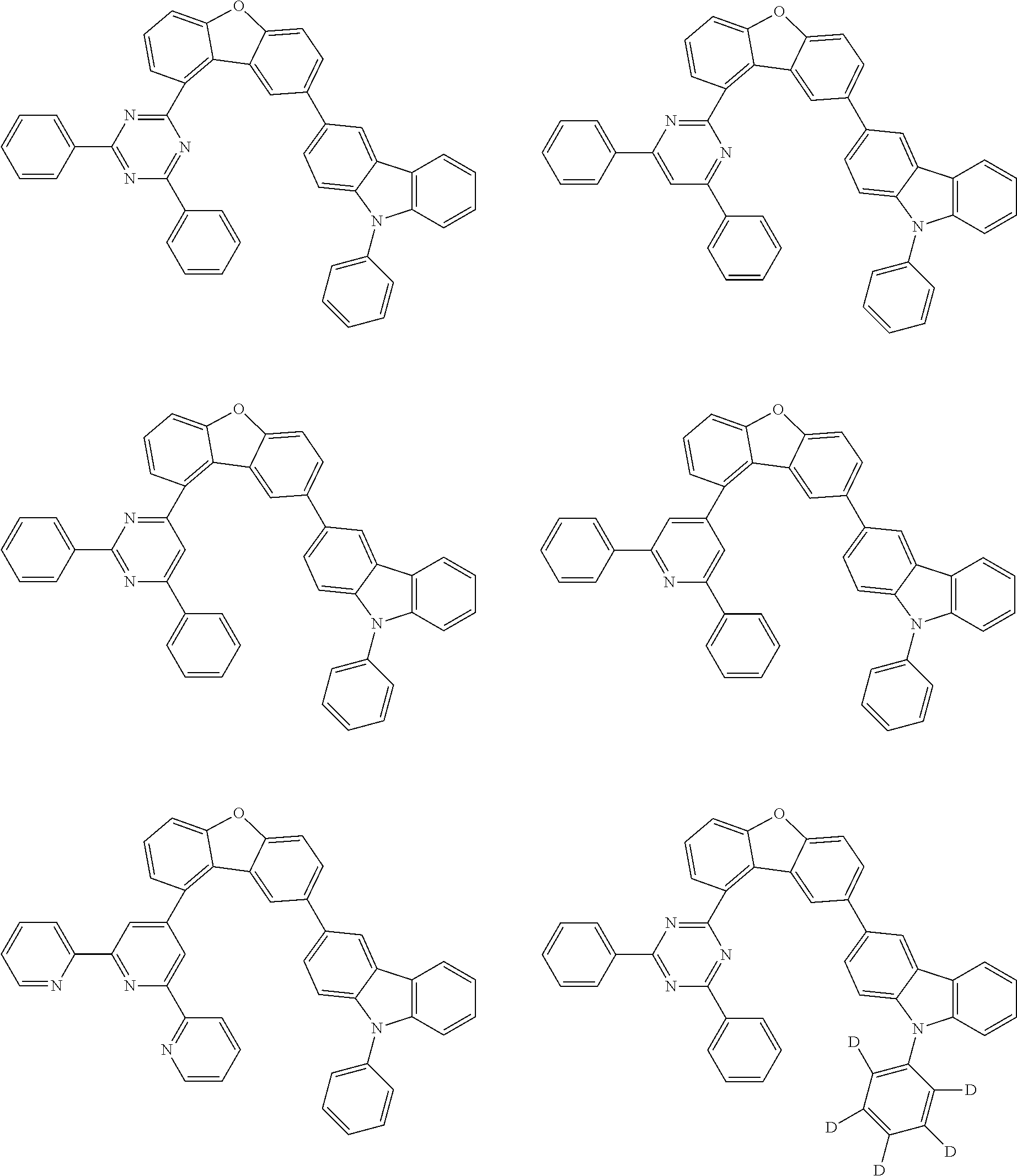
C00021

C00022

C00023

C00024

C00025

C00026

C00027

C00028

C00029

C00030

C00031
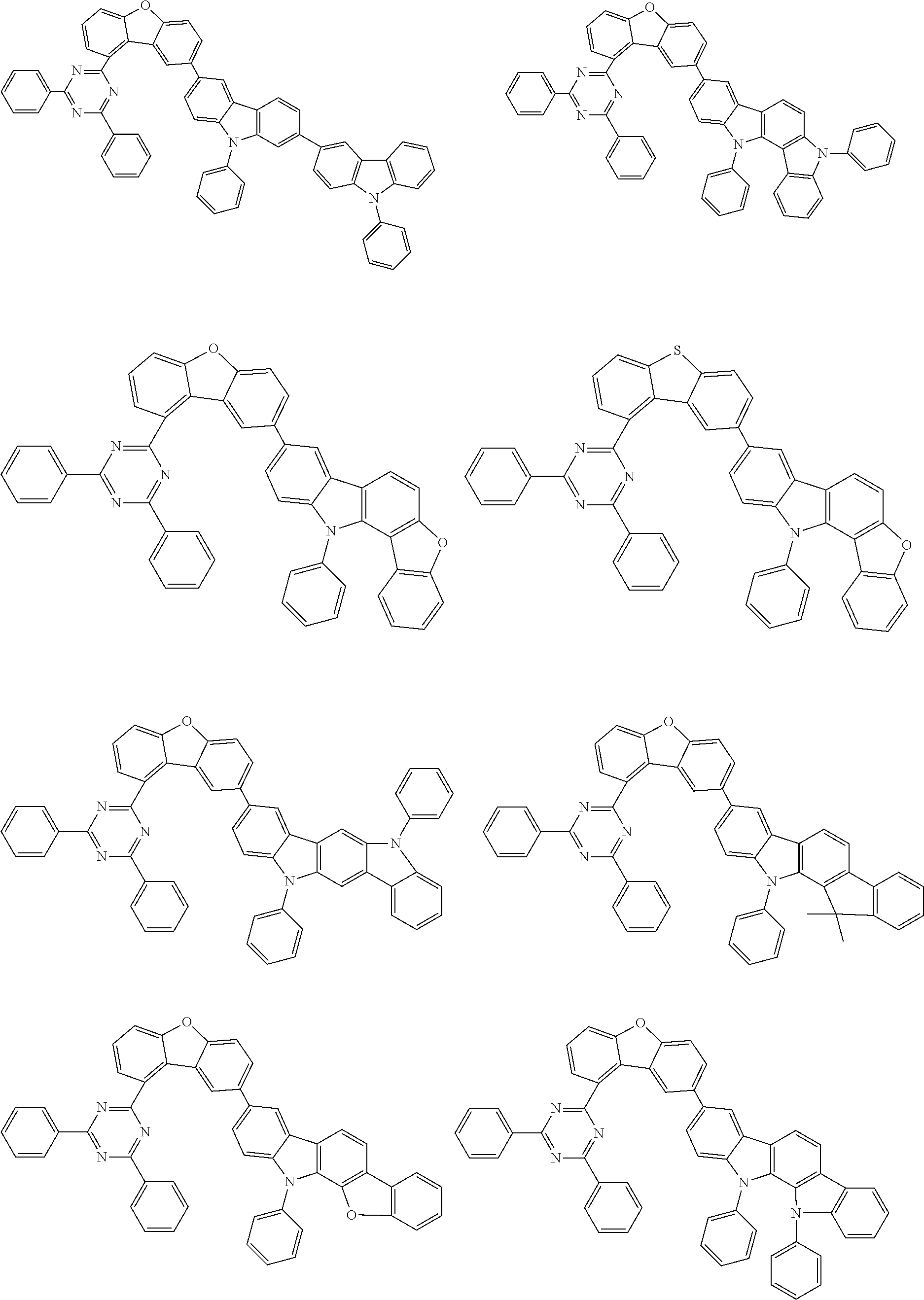
C00032

C00033

C00034

C00035

C00036

C00037

C00038

C00039

C00040

C00041

C00042

C00043

C00044

C00045

C00046

C00047

C00048

C00049

C00050

C00051
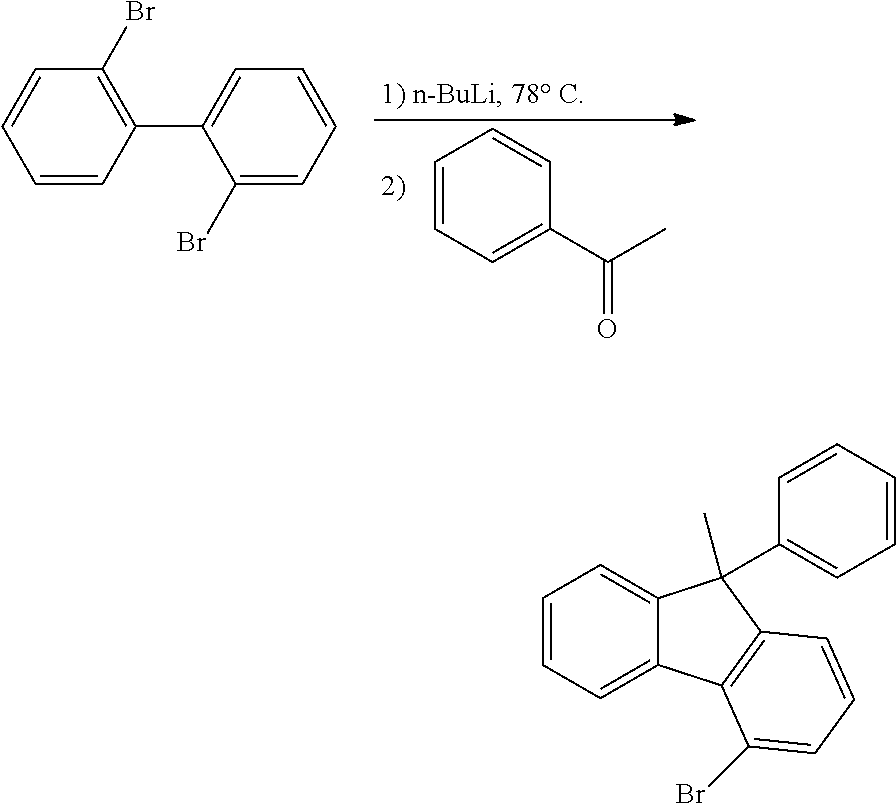
C00052

C00053

C00054

C00055
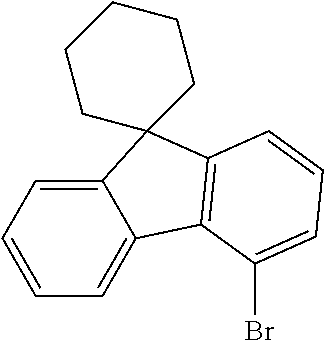
C00056

C00057

C00058

C00059

C00060

C00061

C00062

C00063

C00064

C00065

C00066

C00067

C00068

C00069

C00070

C00071

C00072

C00073

C00074

C00075

C00076

C00077

C00078

C00079

C00080

C00081

C00082

C00083

C00084

C00085

C00086

C00087
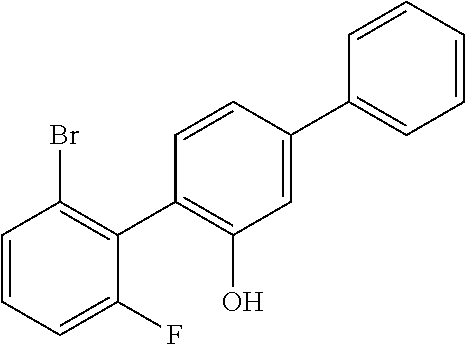
C00088

C00089

C00090

C00091

C00092

C00093

C00094
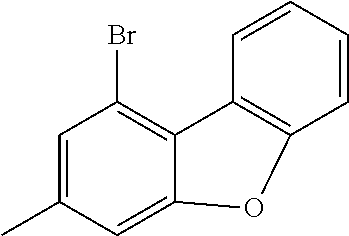
C00095

C00096

C00097

C00098

C00099

C00100

C00101

C00102

C00103

C00104

C00105

C00106

C00107

C00108

C00109

C00110

C00111

C00112
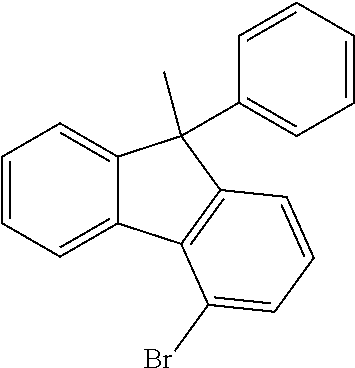
C00113

C00114

C00115

C00116

C00117

C00118

C00119
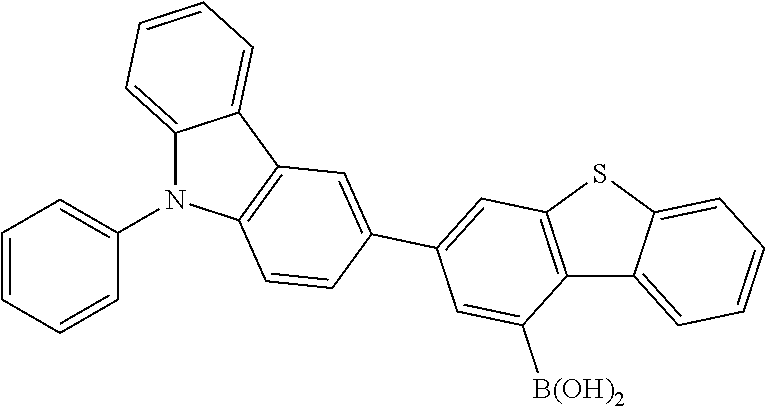
C00120
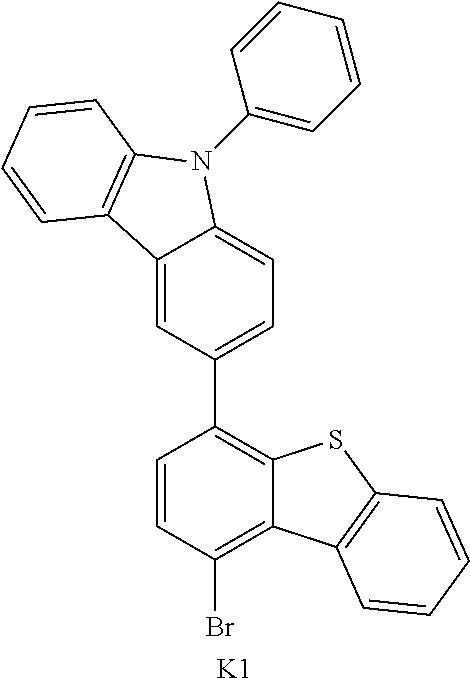
C00121

C00122

C00123

C00124

C00125

C00126

C00127

C00128

C00129

C00130

C00131

C00132

C00133

C00134

C00135

C00136

C00137

C00138

C00139

C00140

C00141

C00142

C00143

C00144

C00145
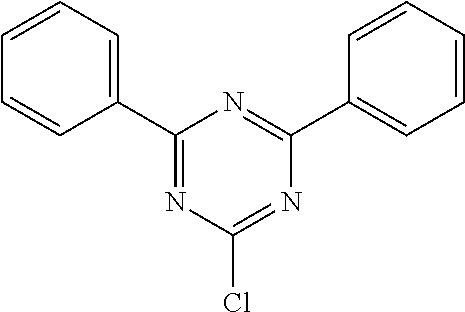
C00146

C00147

C00148

C00149

C00150

C00151

C00152

C00153

C00154

C00155

C00156

C00157

C00158

C00159

C00160

C00161

C00162

C00163

C00164

C00165

C00166

C00167

C00168

C00169

C00170

C00171

C00172

C00173

C00174

C00175
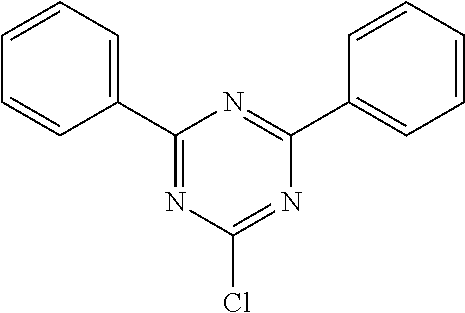
C00176
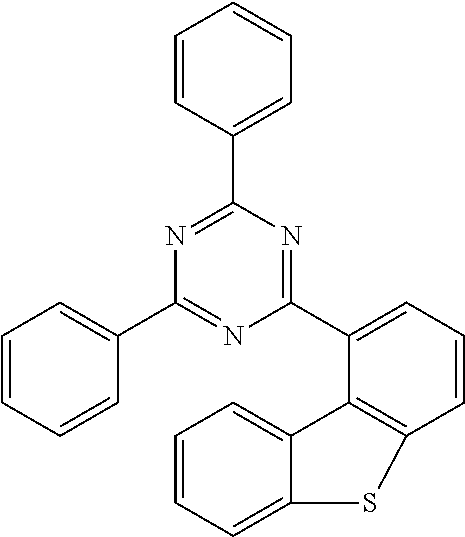
C00177

C00178

C00179

C00180

C00181

C00182

C00183

C00184

C00185

C00186

C00187

C00188

C00189

C00190

C00191

C00192
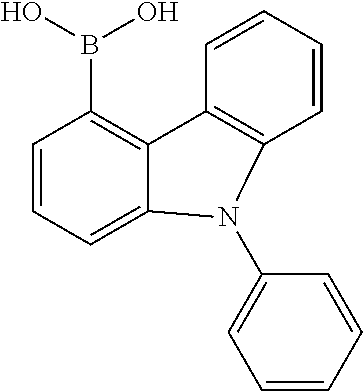
C00193

C00194

C00195

C00196
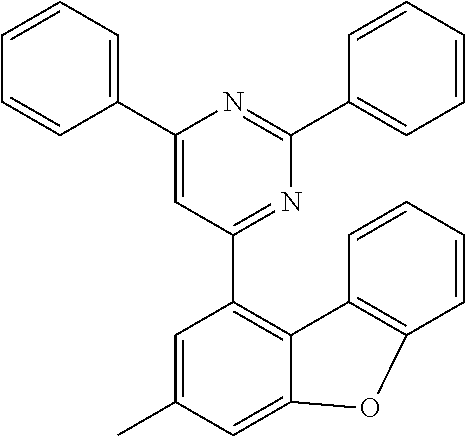
C00197

C00198

C00199
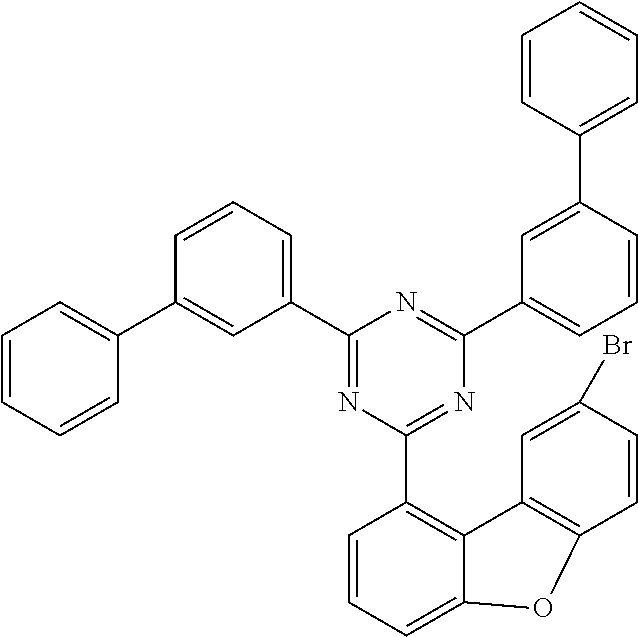
C00200

C00201

C00202

C00203

C00204

C00205

C00206

C00207

C00208

C00209

C00210
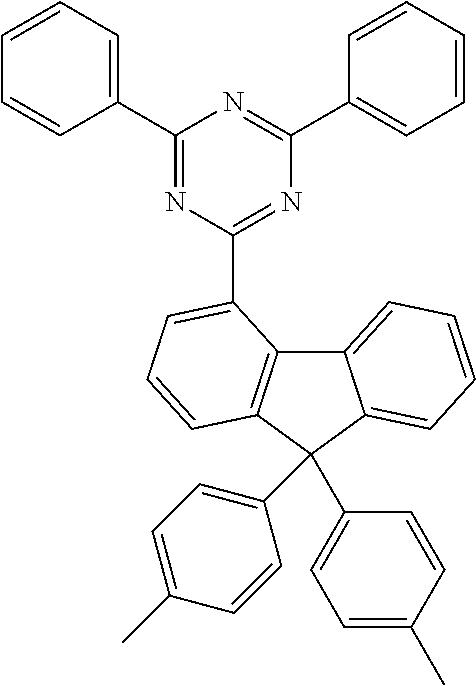
C00211
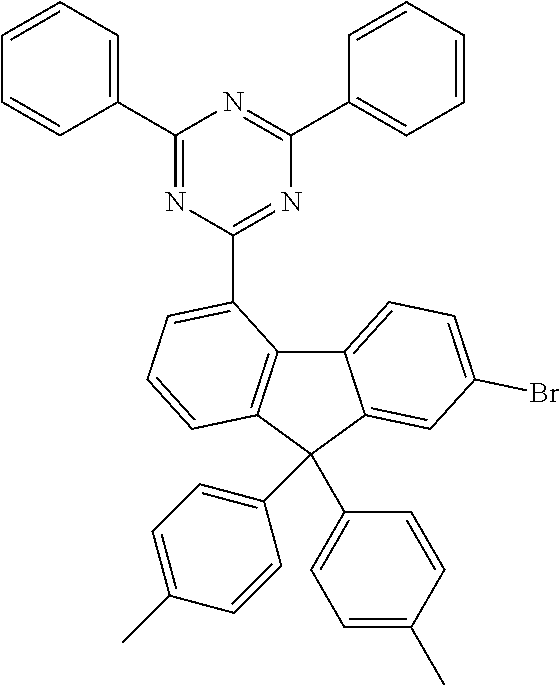
C00212
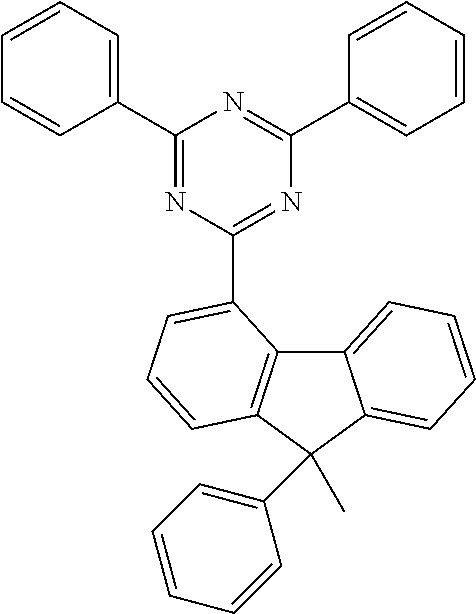
C00213

C00214

C00215

C00216

C00217

C00218
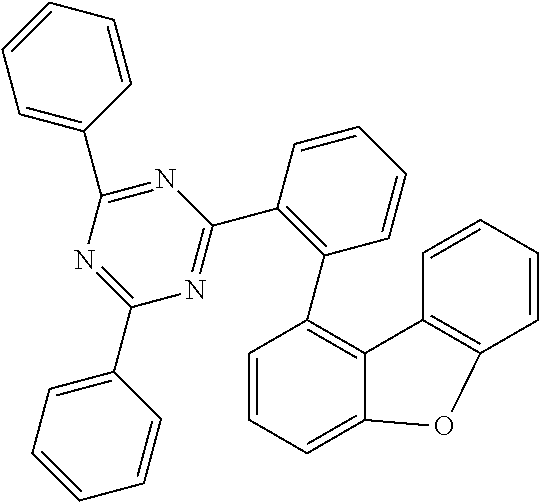
C00219
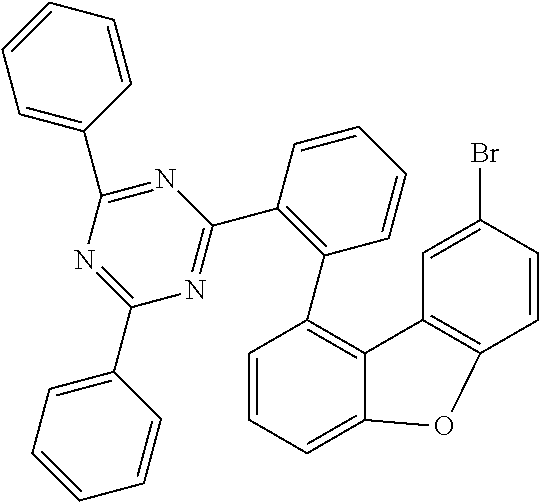
C00220

C00221
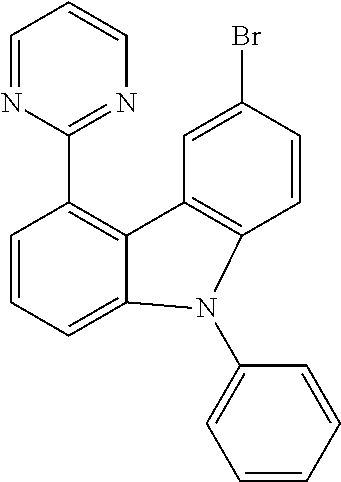
C00222

C00223

C00224
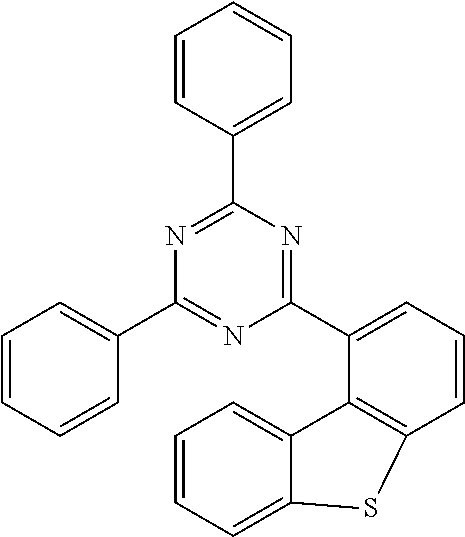
C00225
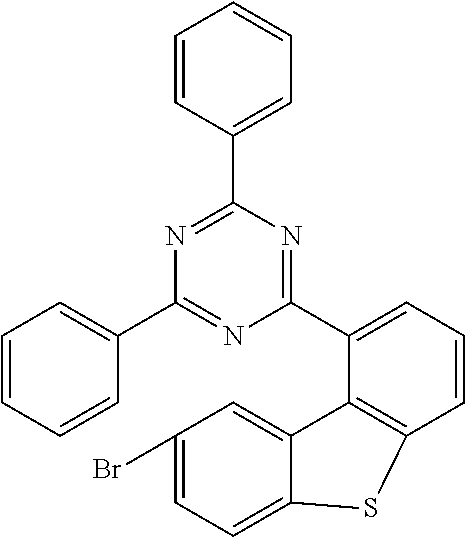
C00226

C00227

C00228

C00229

C00230

C00231

C00232

C00233
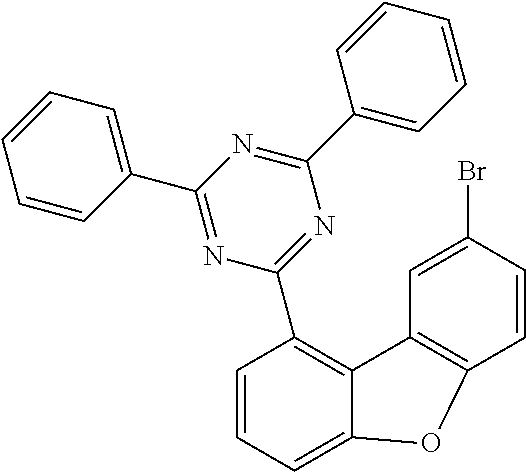
C00234

C00235
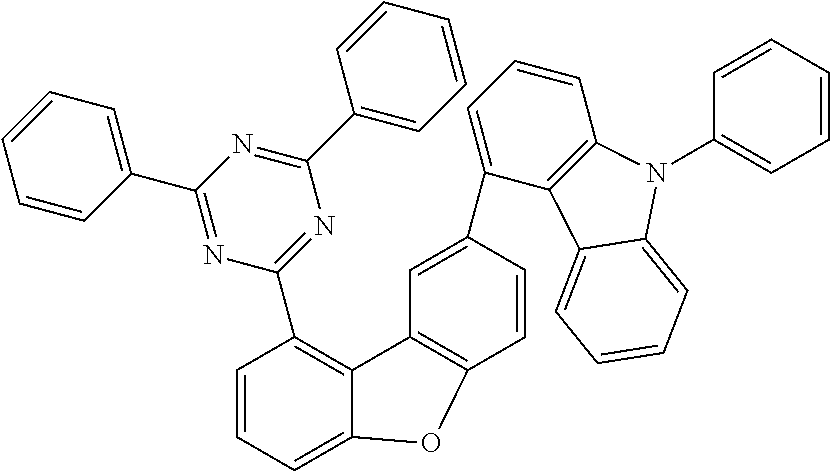
C00236

C00237
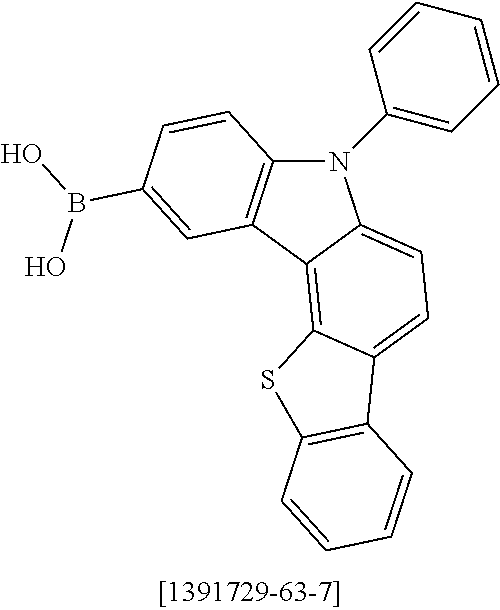
C00238
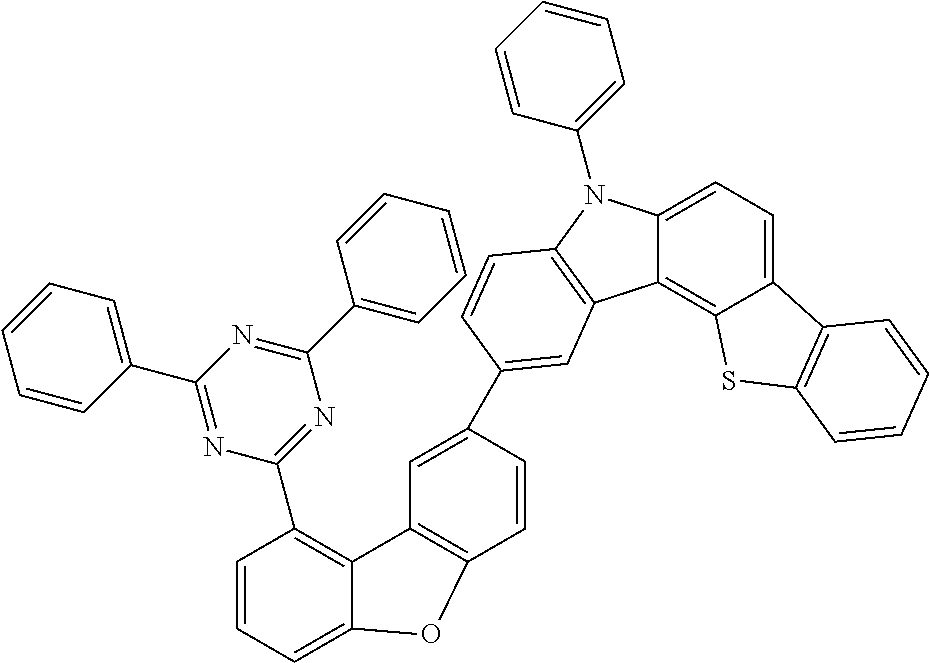
C00239

C00240
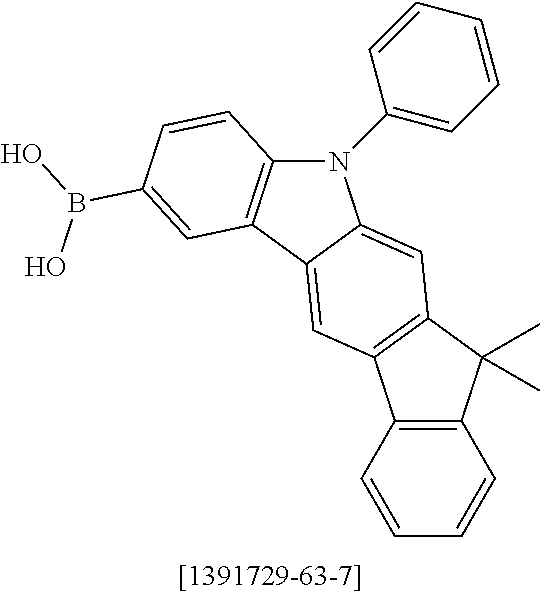
C00241

C00242

C00243

C00244
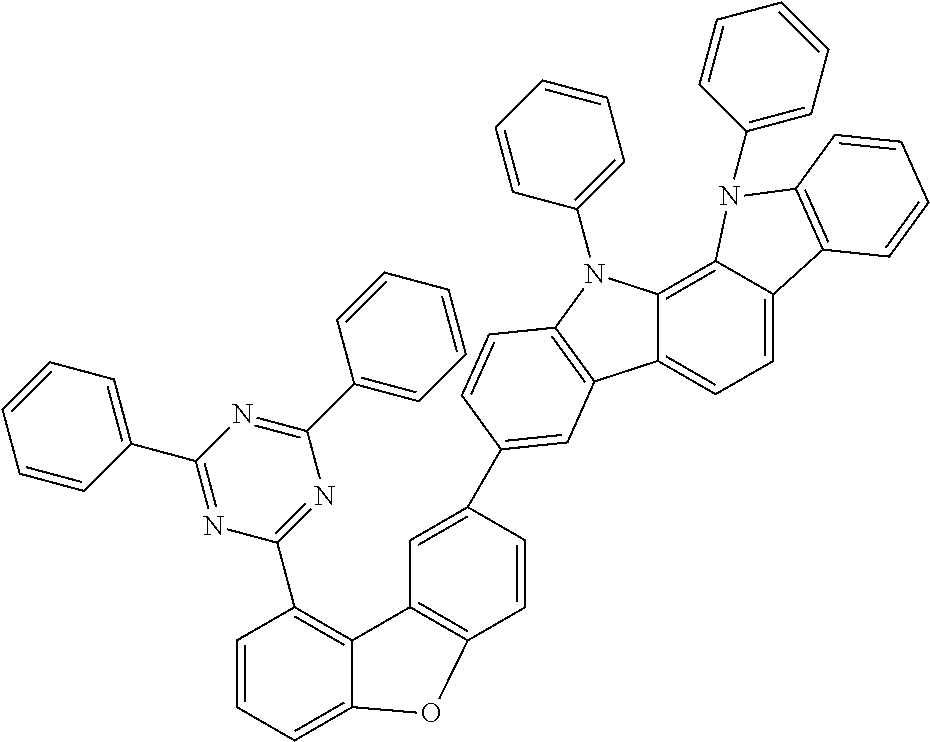
C00245

C00246

C00247

C00248

C00249

C00250

C00251
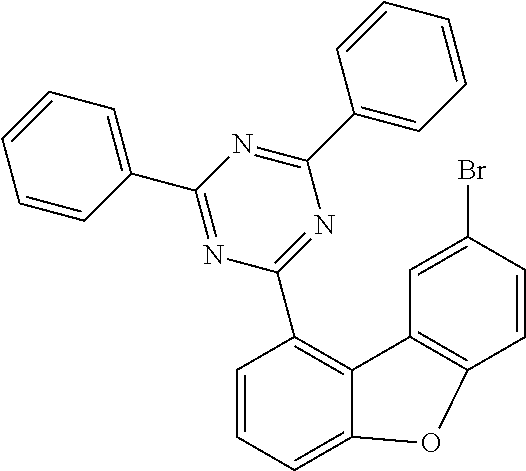
C00252

C00253

C00254

C00255

C00256

C00257

C00258

C00259

C00260
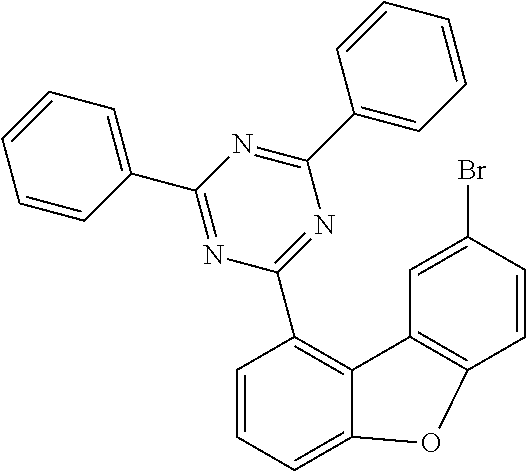
C00261

C00262

C00263

C00264

C00265

C00266

C00267

C00268

C00269

C00270

C00271

C00272

C00273

C00274

C00275

C00276

C00277

C00278

C00279

C00280

C00281

C00282

C00283

C00284

C00285

C00286

C00287

C00288
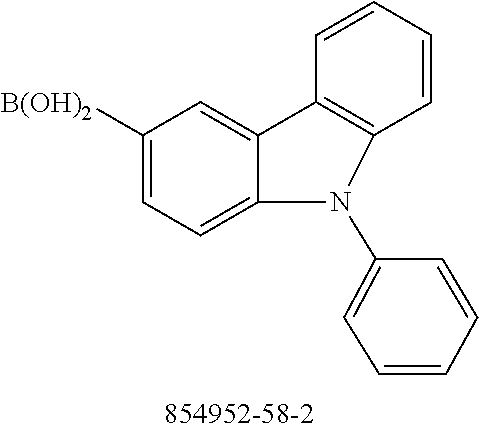
C00289

C00290

C00291

C00292

C00293

C00294

C00295
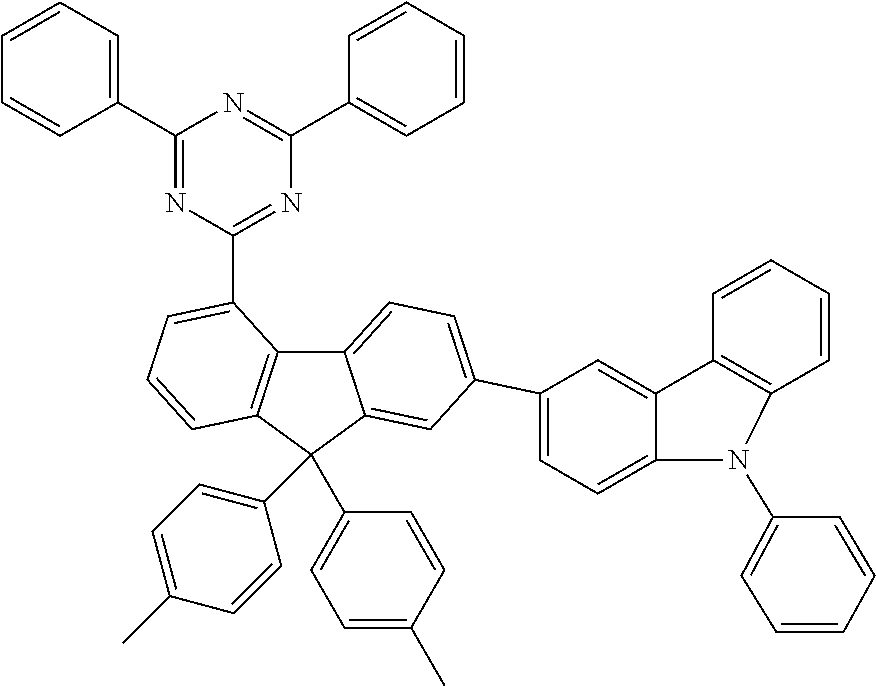
C00296
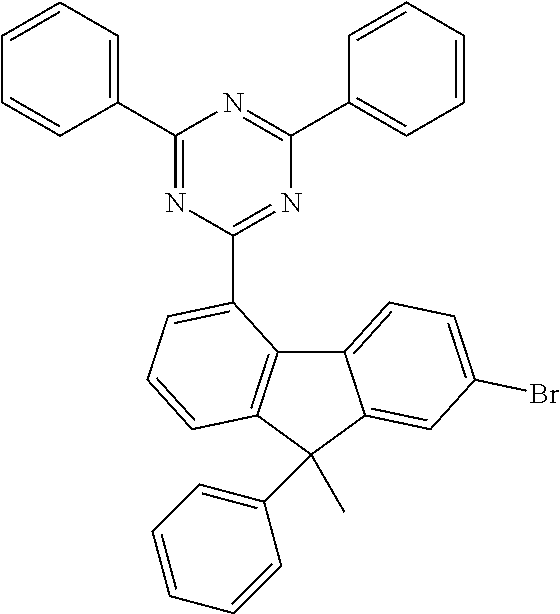
C00297
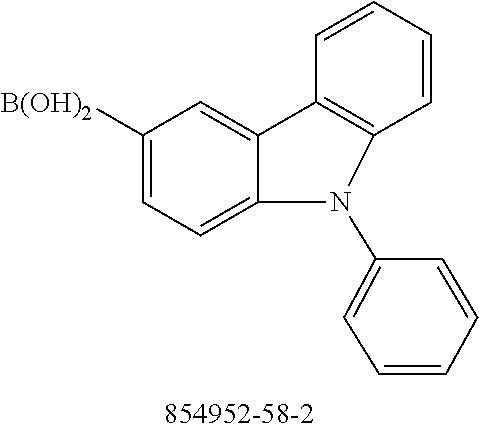
C00298

C00299

C00300

C00301

C00302

C00303

C00304

C00305

C00306

C00307

C00308

C00309

C00310

C00311

C00312

C00313

C00314

C00315

C00316

C00317

C00318

C00319

C00320

C00321

C00322

C00323

C00324

C00325

C00326

C00327

C00328

C00329
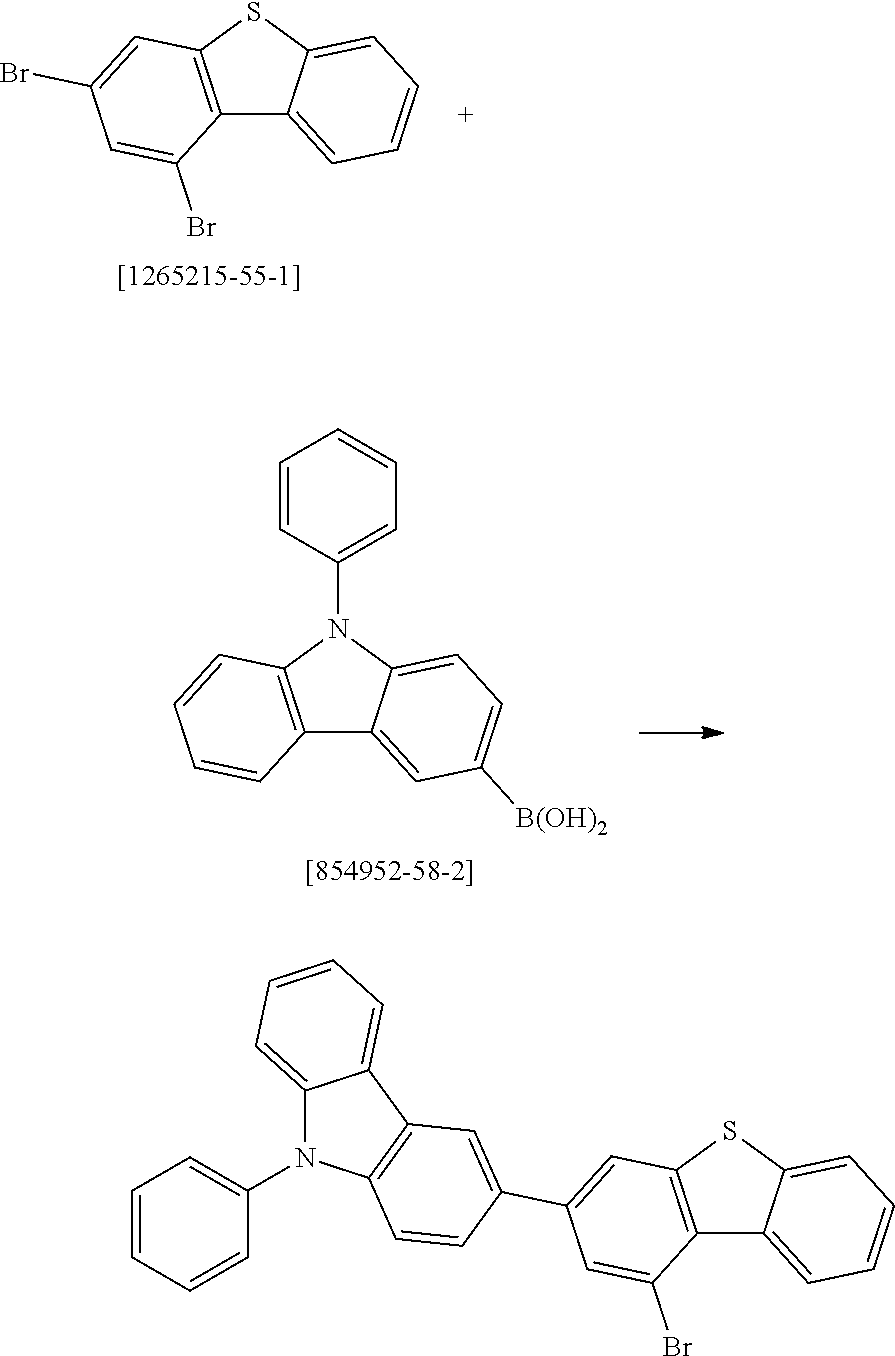
C00330
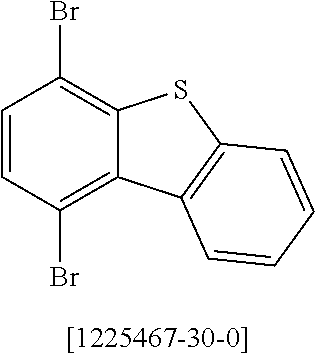
C00331
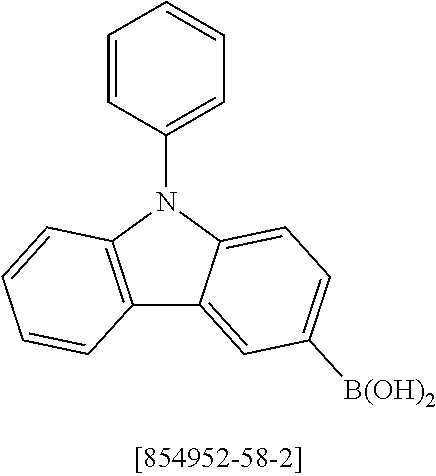
C00332

C00333

C00334

C00335

C00336

C00337
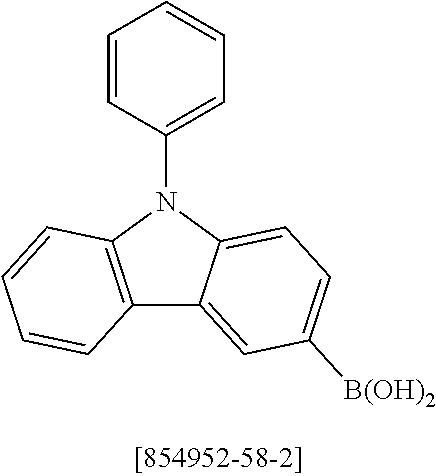
C00338

C00339

C00340

C00341

C00342

C00343

C00344

C00345

C00346

C00347

C00348

C00349

C00350

C00351

C00352

C00353

C00354

C00355

C00356

C00357

C00358
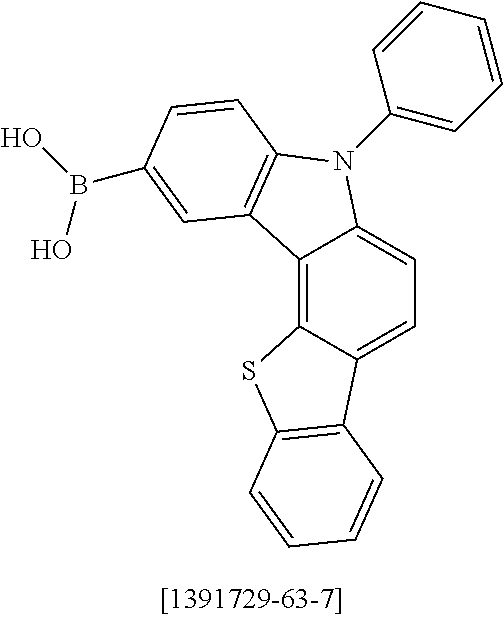
C00359

C00360

C00361

C00362
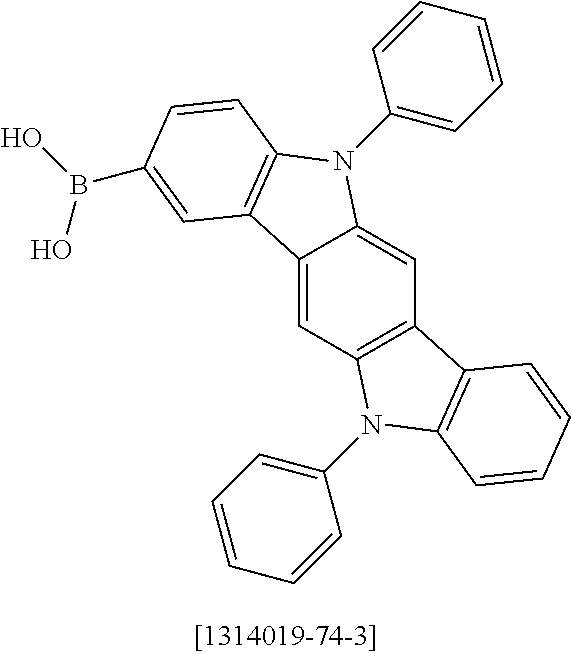
C00363

C00364

C00365

C00366

C00367

C00368

C00369

C00370

C00371

C00372

C00373

C00374

C00375

C00376

C00377

C00378

C00379

C00380

C00381

C00382

C00383
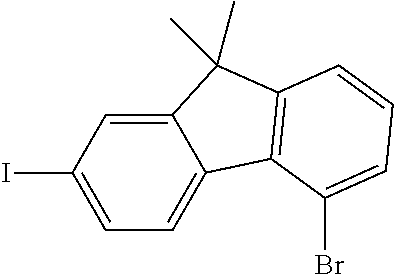
C00384

C00385

C00386

C00387

C00388
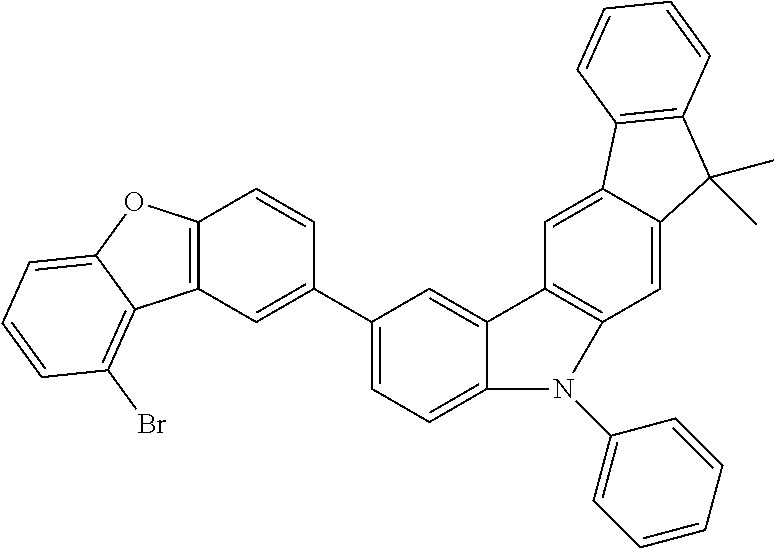
C00389

C00390

C00391

C00392

C00393

C00394

C00395

C00396

C00397
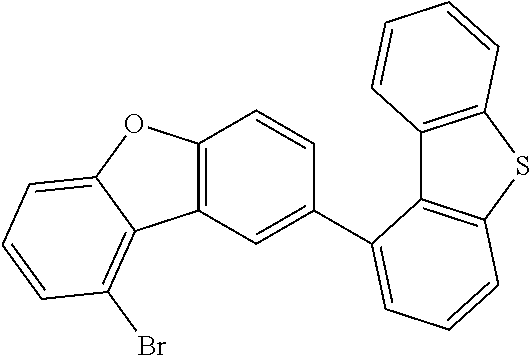
C00398

C00399

C00400

C00401

C00402

C00403

C00404

C00405

C00406

C00407

C00408
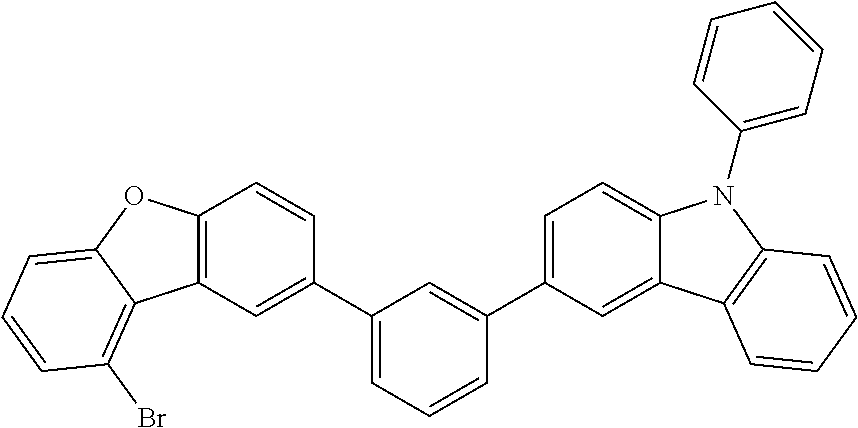
C00409

C00410

C00411

C00412

C00413

C00414

C00415

C00416
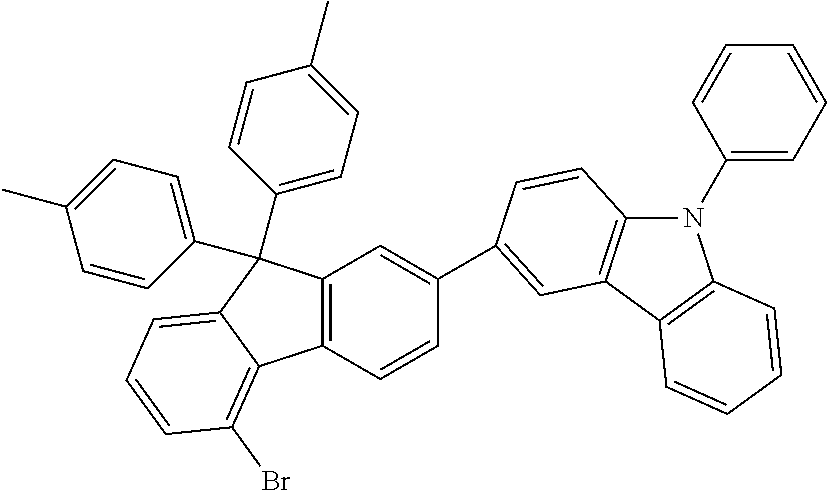
C00417
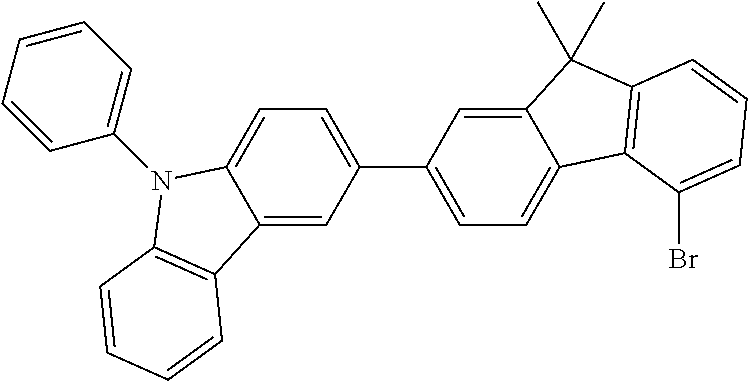
C00418
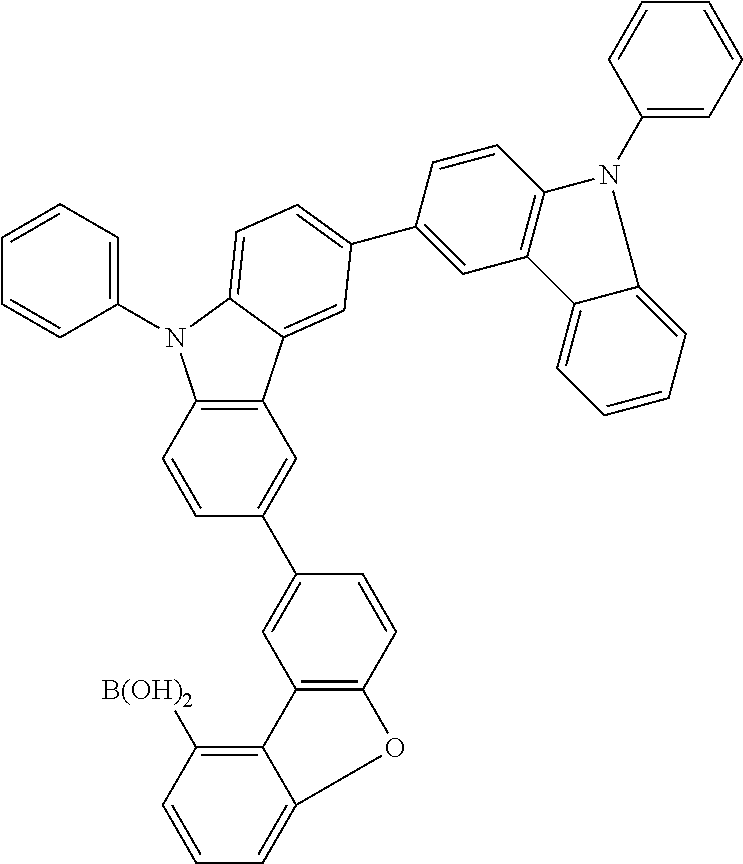
C00419

C00420

C00421

C00422

C00423

C00424

C00425

C00426

C00427

C00428

C00429
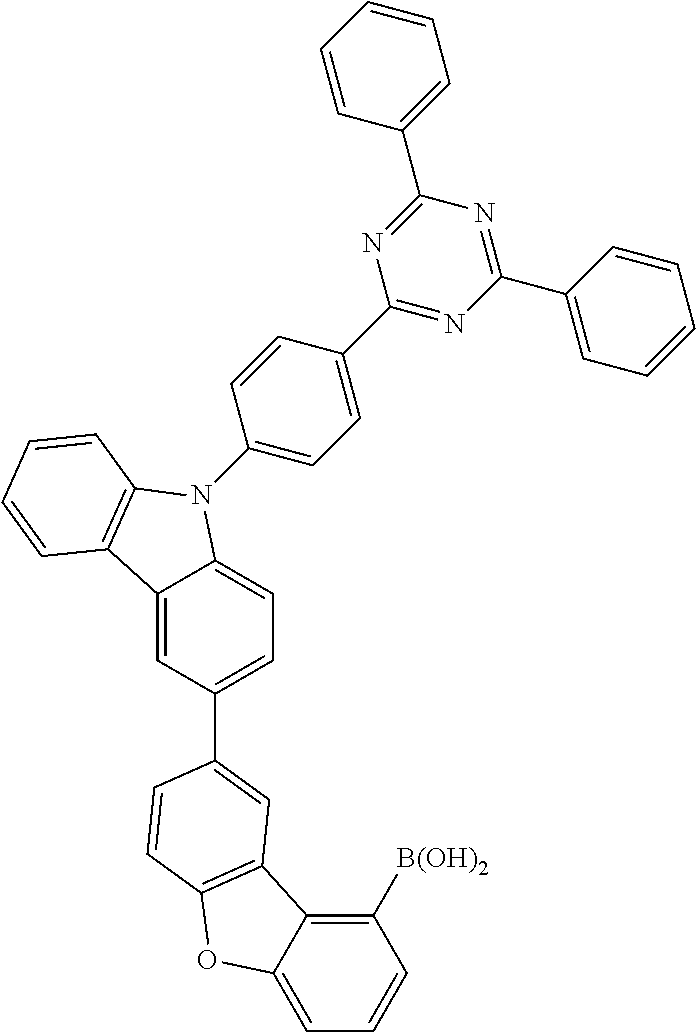
C00430

C00431

C00432

C00433

C00434
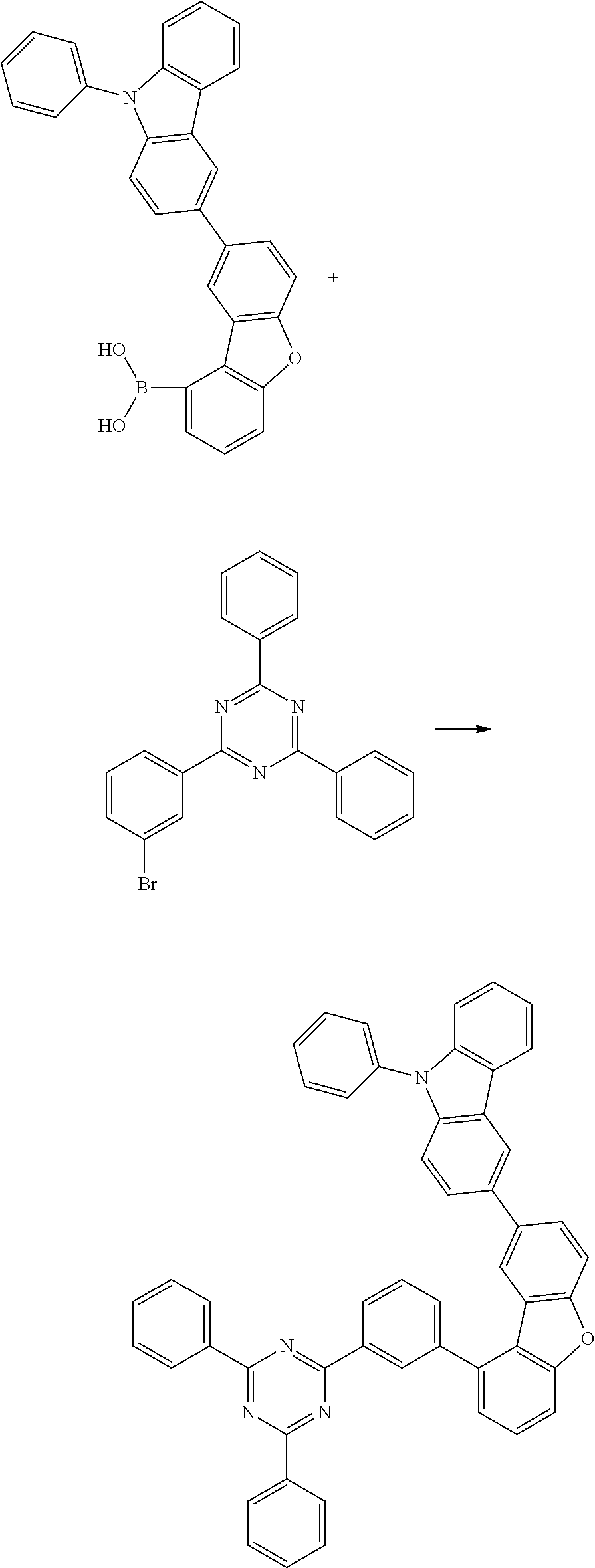
C00435

C00436

C00437

C00438

C00439
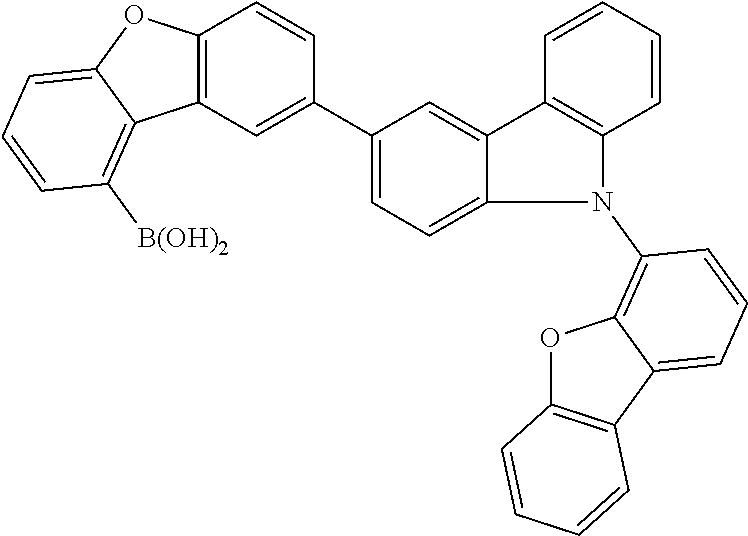
C00440

C00441

C00442

C00443

C00444

C00445

C00446

C00447

C00448

C00449

C00450

C00451

C00452

C00453
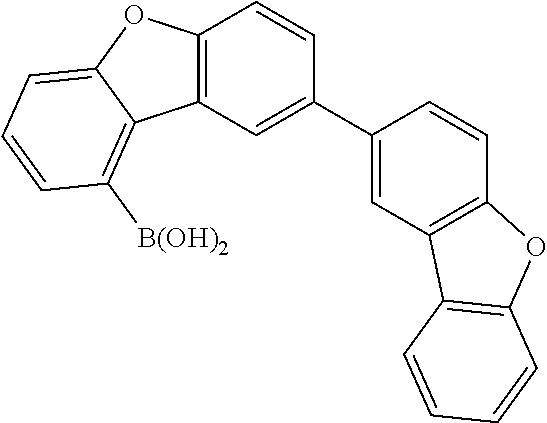
C00454

C00455

C00456

C00457

C00458

C00459

C00460

C00461

C00462

C00463

C00464
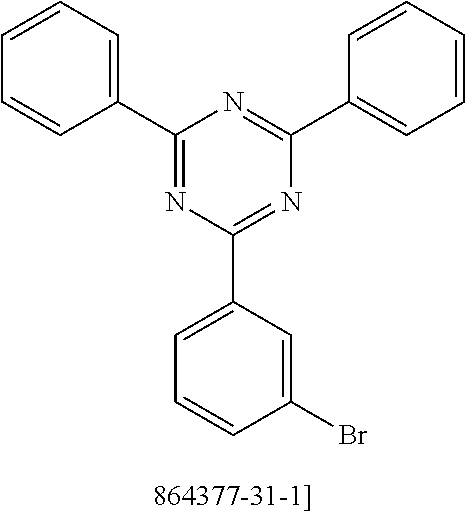
C00465

C00466

C00467

C00468

C00469

C00470

C00471

C00472

C00473

C00474

C00475

C00476
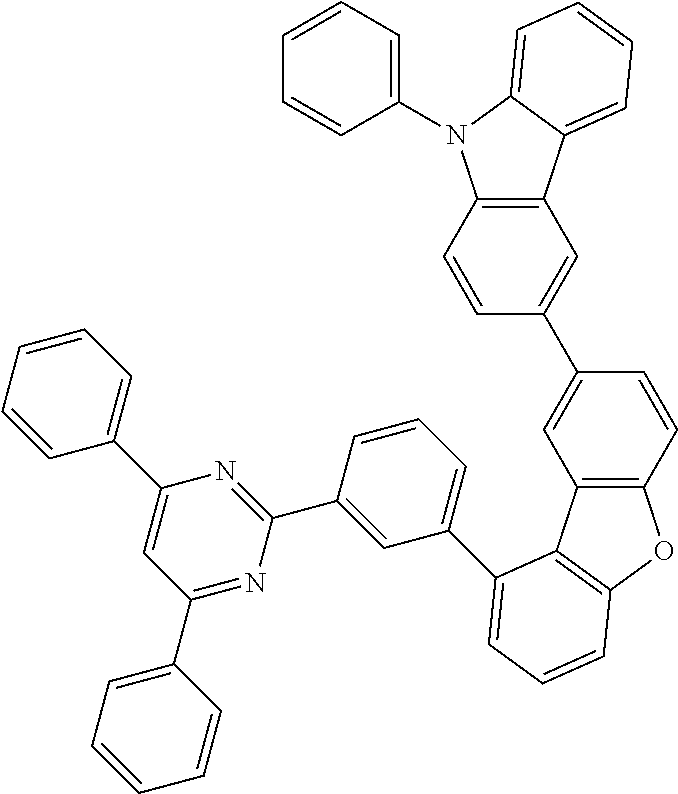
C00477

C00478

C00479

C00480

C00481

C00482

C00483

C00484
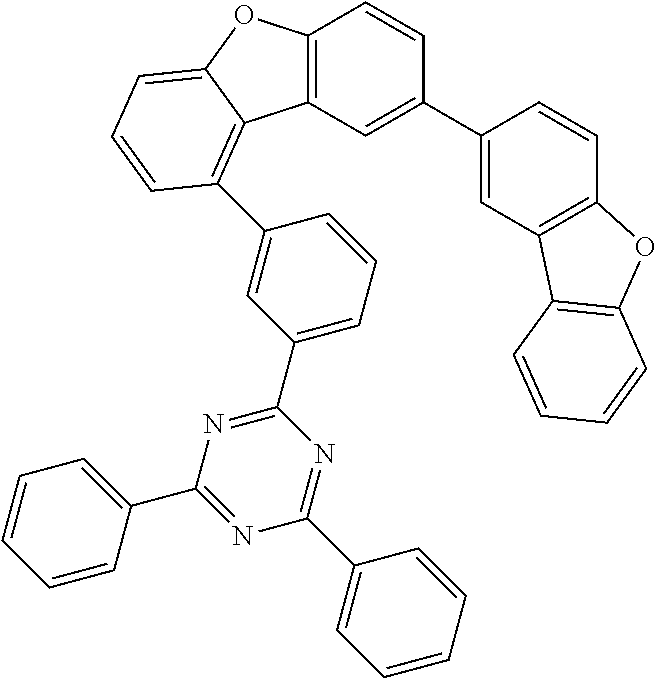
C00485

C00486

C00487

C00488
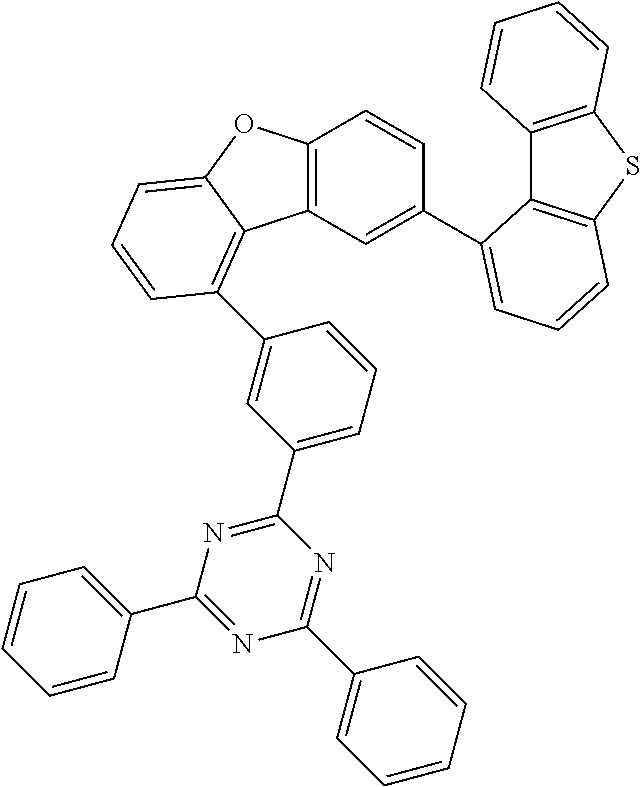
C00489

C00490
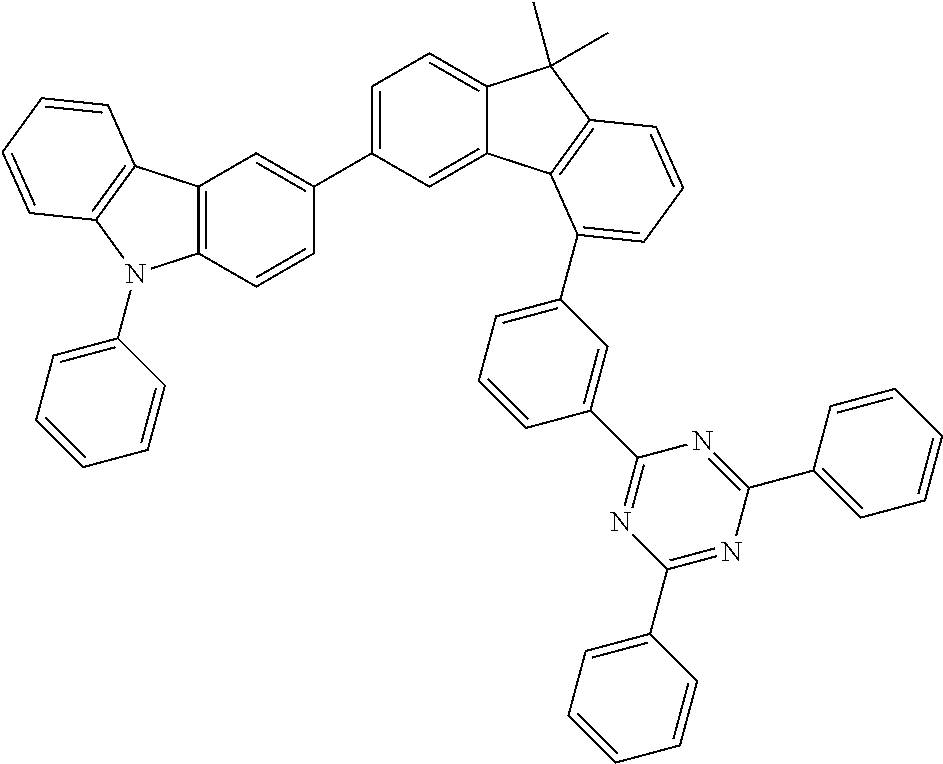
C00491

C00492

C00493

C00494

C00495

C00496

C00497

C00498

C00499

C00500

C00501

C00502

C00503

C00504

C00505

C00506

C00507

C00508

C00509

C00510

C00511

C00512

C00513

C00514

C00515

C00516

C00517

C00518

C00519

C00520
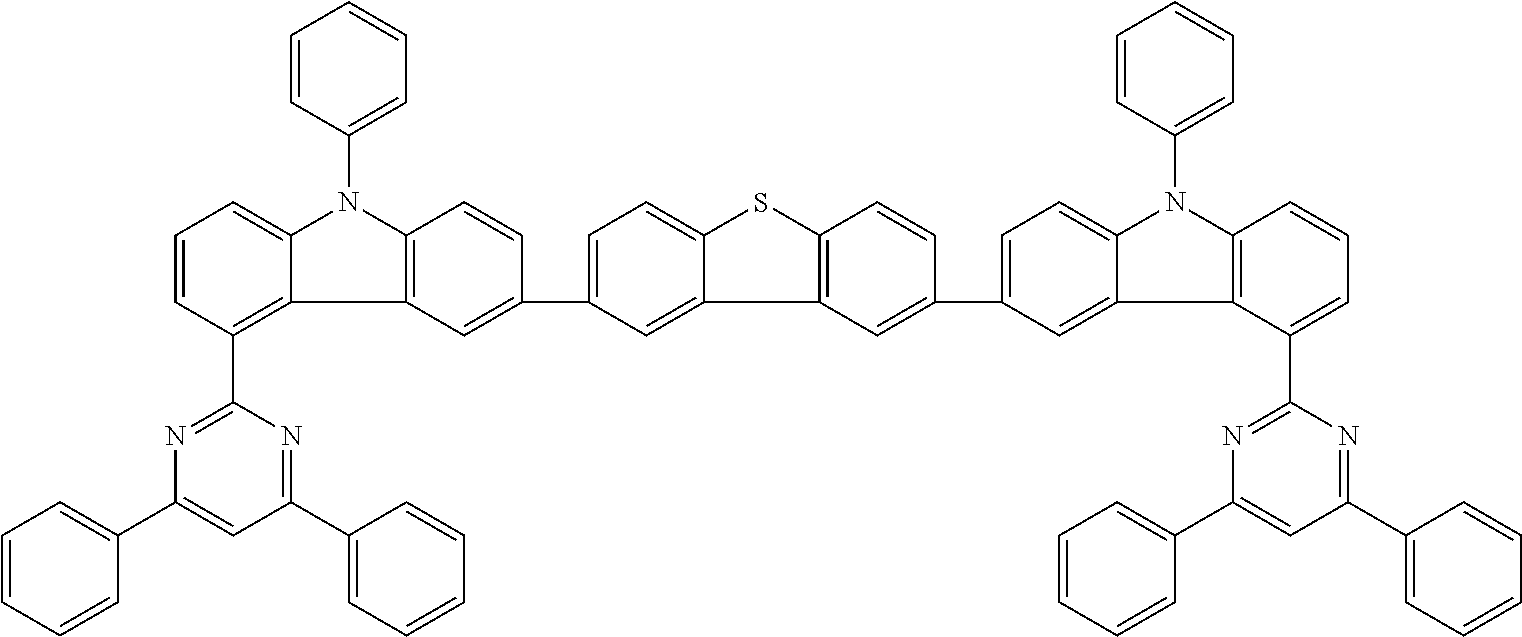
C00521

C00522

C00523

C00524

C00525

C00526

C00527

C00528

C00529

C00530

C00531

C00532

C00533

C00534

C00535

C00536

C00537

C00538

C00539

C00540

C00541

C00542

C00543
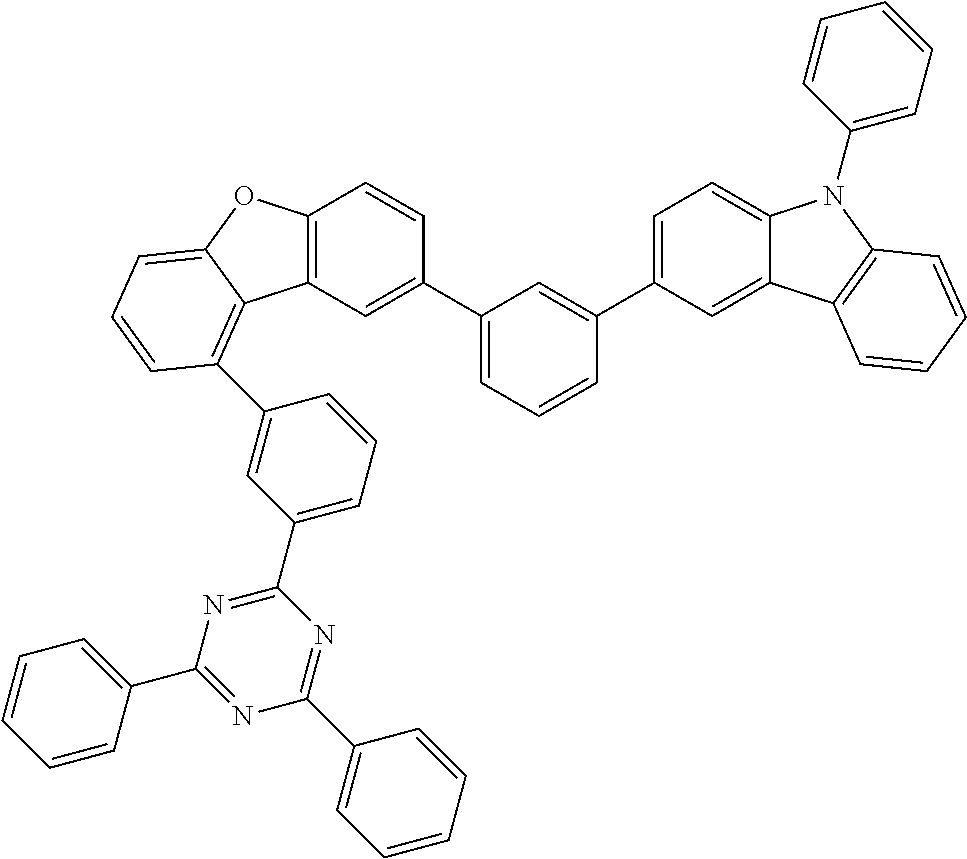
C00544

C00545

C00546
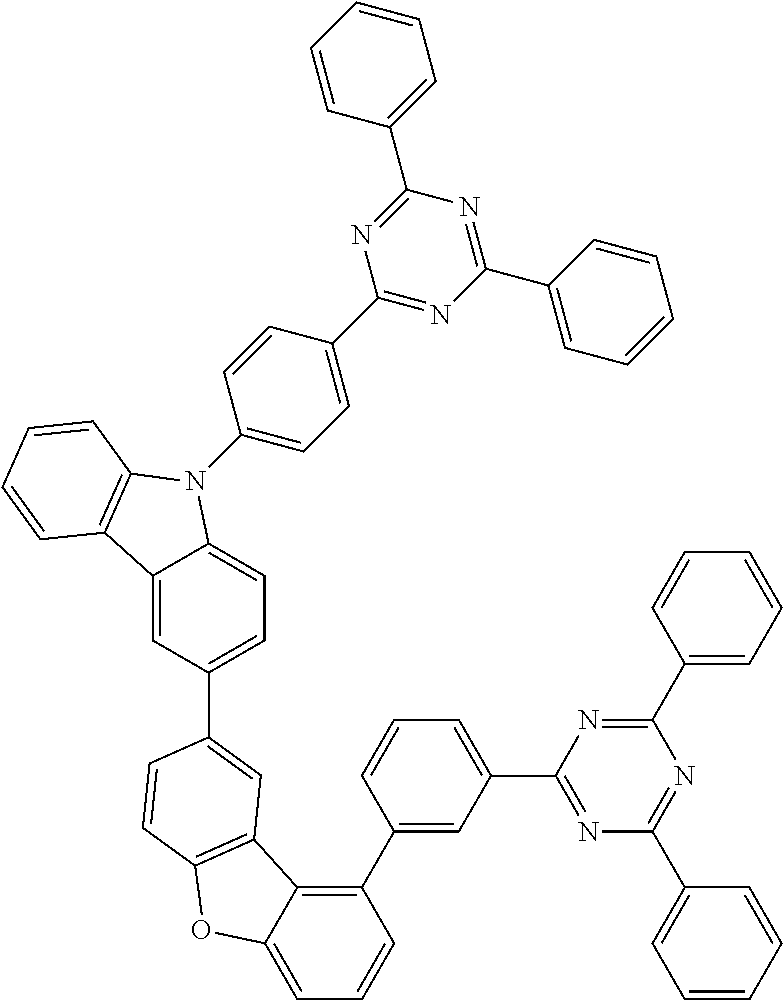
C00547

C00548

C00549

C00550

C00551

C00552

C00553

C00554

C00555

XML
uspto.report is an independent third-party trademark research tool that is not affiliated, endorsed, or sponsored by the United States Patent and Trademark Office (USPTO) or any other governmental organization. The information provided by uspto.report is based on publicly available data at the time of writing and is intended for informational purposes only.
While we strive to provide accurate and up-to-date information, we do not guarantee the accuracy, completeness, reliability, or suitability of the information displayed on this site. The use of this site is at your own risk. Any reliance you place on such information is therefore strictly at your own risk.
All official trademark data, including owner information, should be verified by visiting the official USPTO website at www.uspto.gov. This site is not intended to replace professional legal advice and should not be used as a substitute for consulting with a legal professional who is knowledgeable about trademark law.